crepe fabric
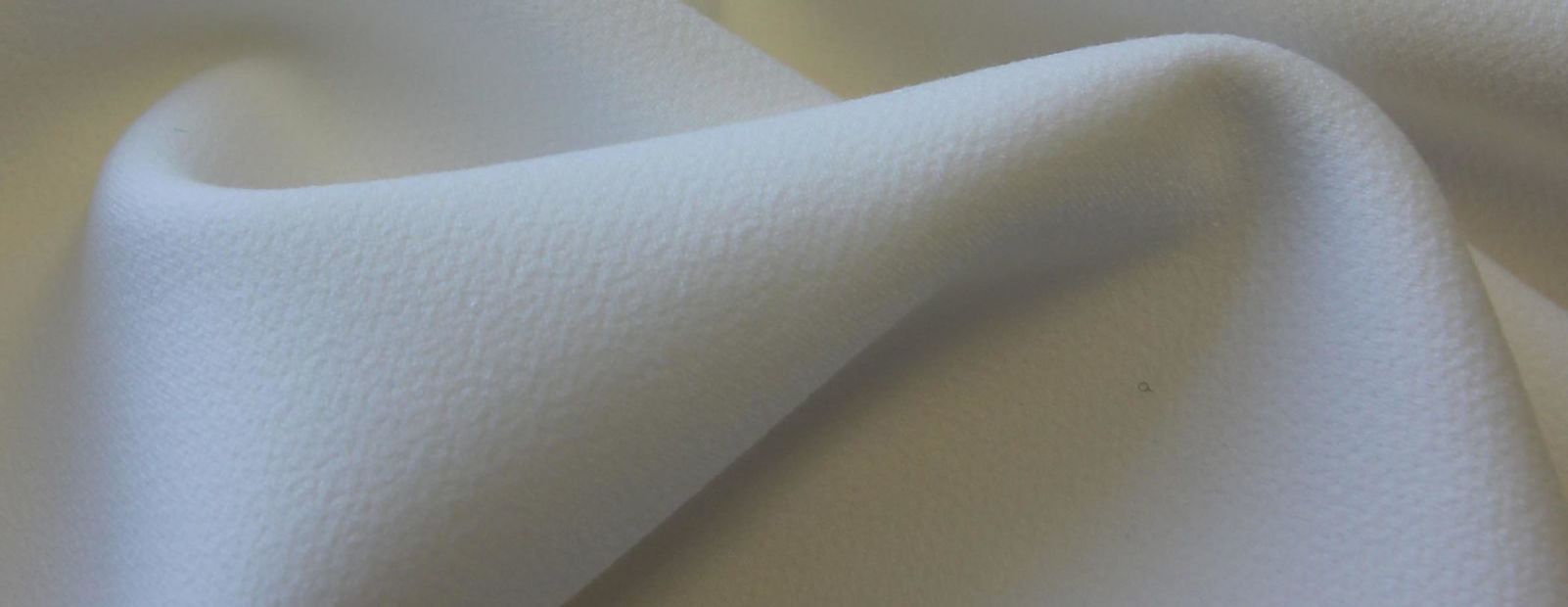
Crepe is a weaving or fabric treatment method that results in a unique rippling, three-dimensional texture. Garments and other textiles made with crepe fabric are generally delicate and used for ceremonial occasions.
What is crepe fabric?
Crepe fabric is a weaving or fabric treatment method that results in a unique rippling, three-dimensional texture. Garments and other textiles made with crepe fabric are generally delicate and used for ceremonial occasions.
Traditionally, crepe fabric was worn by women at times of mourning in many Western cultures, but this practice has largely gone out of fashion. Other cultures around the world incorporate various types of crepe fabric into their textile manufacturing, and in some cases, traditional crepe fabric is still used that has been woven the same way for thousands of years.
Crepe fabric in history
Crepe fabric has no clear origin point in the history of human civilization. Since the concept behind crepe is so simple, many cultures have adopted forms of this fabric at one stage of development or another. For instance, Crepe is still used by Orthodox Greek women for mourning, and various cultures of the Indian subcontinent incorporate crepe into their traditional garments.
In the West, crepe gained popularity outside of mourning attire during the 19th century. Very rapidly, a company called Courtaulds almost completely dominated the crepe manufacturing market, and over the years, this iconic firm experimented with a variety of different crepe weaves and materials.
Crepe fabric today
Today, crepe is most commonly used in high fashion and other types of decorative apparel design. Crepe fabric has long since lost its immediate association with mourning attire, which has allowed the use of this textile to expand outside of its traditional uses. Often mixed with other fabric types and weaves, crepe has a unique light, textured profile that makes it highly useful in flowing, airy garments.
In the 21st century, the word “crepe” is so disambiguated that it can refer to any number of different types of textured fabric. You could even go so far as to say that crepe fabric has lost its original meaning, and that’s fine. Our modern definition of crepe is more fitting, and it supports the use of organic, safe textile products whenever possible.
How is crepe fabric made?
A wide variety of different processes may be used to make the base textiles used in crepe fabric. The only distinctive feature of this type of textile is its weave, so whether it’s with natural or synthetic fibers, designers and textile manufacturers have found a myriad of different ways to create an effect that can be agreed-upon as being “crepe.”
Crepe yarn is made with a process called hard twisting, which involves twisting the textile fibers used in yarn manufacture much tighter than usual. Additionally, alternating “S” and “Z” twists are used to give the yarn its distinctive bouncy texture. Also known as right-hand and left-hand twists, these alternating spinning techniques result in crepe yarn no matter which fabric material is used.
Once the crepe yarn has been manufactured, it may be dyed, treated, and spun into garments. In some cases, the production of finished crepe products may occur at the same facility where the yarn is spun, but usually, the work is split between two separate firms.
How is crepe fabric used?
Due to its delicate nature, crepe fabric is generally used in scarves, eveningwear, and other lightweight types of clothing. Wool crepe is more durable than silk crepe, which means that it can be used in more heavy-duty clothing applications like sweaters and dresses.
Synthetic crepe may be more durable in some ways, but remember that most synthetic fabrics are highly flammable while many natural fibers, especially wool, are flame-resistant. Crepe garments made from silk and wool are also far more likely to be comfortable, and remember that it’s even possible to make crepe from luxurious Alpaca wool and other ultra-soft wool varieties.
One of the most common applications of crepe fabric is in dresses. This fabric drapes nicely over other textiles, and it clings to the body in what is commonly thought of as an alluring and sensual way.
Everyday, ordinary dresses, however, usually don’t receive the crepe treatment. This fancy fabric is most commonly reserved for fashion photoshoots, weddings, galas, and other similarly high-class environments.
Where is crepe fabric produced?
Most major textile producers around the world make some form of fabric with a crepe weave, which makes it more effective to look at where the base materials are made when you want to know where crepe fabric is produced.
Biggest exporter of silk
China is the largest producer of silk by volume, but silk production plays a much more critical role in Indian culture than it does in the society of its communist East Asian neighbor. Since China is the biggest producer of textiles in general, it makes sense that this country produces the most silk. Many Indian silk producers, however, still make silk the way they have for countless generations, and Chinese factory owners are much more likely to produce their silk in subpar conditions.
Biggest exporter of wool
While China would probably like to be the world’s biggest exporter of wool as well, that title goes to its Indian Ocean neighbor, Australia. This former British penal colony has far more sheep than it does people, but Oz’s sheep-to-human ratio is nothing compared to that of New Zealand, whose people would be utterly powerless in the face of a sheep uprising.
Biggest exporter of synthetic textiles
China is the world’s largest producer of synthetic textiles. It could be argued that there is no safe, natural way to make synthetic textile products, but whatever the case may be, the vast majority of Chinese synthetic textile companies use production processes that harm the environment, put workers at risk, and contribute to widespread economic inequality, political persecution, and even genocide at the hands of a tyrannical regime.
If you must use synthetic textiles, try to source them from companies that use recycled materials and curtail their pollution as much as possible. At this point, there’s no such thing as a textile substance that doesn’t pollute, but natural fibers simply pollute less. We may, at some point in the future, discover a way to make synthetic fibers that are even more sustainable than natural textiles, but that day is still quite far off.
How much does crepe fabric cost?
Crepe fabric made from silk or wool costs significantly more than synthetic crepe fabric. You can purchase this type of fabric either in yarn or bolt form, and additional charges will be applied to fabric that is dyed or treated with fire retardants or other substances.
What different types of crepe fabric are there?
There are dozens of different kinds of crepe. Here is a small selection:
1. Aerophane
Popular during the mid-19th century, this type of crepe has a distinctive gauze-like texture. While aerophane isn’t in production any more, many types of modern crepe mimic attributes of this classic textile.
2. Bauté satin
This intricate crepe design involves warp weaving with a reversed plain crepe design. It’s a popular French crepe variety that’s still widely used today.
3. Canton crepe
Originally produced exclusively in China, this unique crepe style is still seen in many Asian-inspired crepe garments.
4. Crepe anglaise
This black-and-white crepe type was once synonymous with the rural English lifestyle. During periods of warfare and trade, Brits and Franks would often exchange cultural artifacts like crepe weave derivatives.
5. Crepe de sante
Also called health crepe, crepe de sante is rough and undyed.
6. Crepeline
As another branded crepe type from the 1800s, Crepeline is noted for its incorporation of various modern textile production processes.
7. Crepon
Crepon is generally made from heavier fabric, and this distinctive crepe was a mainstay of the latter half of the 19th century.
8. French crepe
Sometimes called flat crepe, this fabric style is commonly used in lingerie.
9. Plisse
Plisse crepe has been chemically treated to result in a puckered texture. This crepe variety is popular in eveningwear.
How does crepe fabric impact the environment?
It depends on the material the crepe fabric was made with and the sourcing, manufacturing, and marketing practices used to sell the textile product. Crepe fabric itself has a neutral impact on the environment since it is a concept and not a product. Actual synthetic or natural textile products made with crepe fabric may have varying environmental impacts depending on their biodegradability, polluting power, and various other factors.
It’s generally accepted that silk is one of the most sustainable fabrics in the world. This substance is naturally secreted by silkworms, and these worms only need mulberry trees to survive. These trees do not respond to fertilizers, and pesticides would kill the silkworms, which have their own mechanisms for repelling invaders. When done right, silk production is a 100%-sustainable process that does no harm to the environment, though it may harm silk worms during the boiling that’s necessary to open the cocoon.
Likewise, wool production is an inherently sustainable process, but since there are large animals involved, there are more opportunities for harmful manufacturing practices. Certain types of wool-producing animals have traditionally been more at risk of abuse than others, and for the most part, the merino wool you can get from Australia or New Zealand is produced by free-ranging sheep that are treated with respect.
It is essentially impossible to prevent the negative environmental effects caused by synthetic textile production. While we have come a long way in improving the ways we make artificial fibers, every existing synthetic textile manufacturing process introduces xenoestrogens, petrochemicals, or other toxic substances into the biosphere, hydrosphere, and atmosphere.
Crepe fabric certifications available
Various types of certification may be available depending on the type of material used to make the crepe fabric. Here are some examples of the certifying agencies that might end up being in play:
Certifications for silk
Silk Mark is widely considered to be the world’s most prestigious certifier of silk products. This organization ensures that the silk it certifies is produced sustainably with adequate respect given equally to the mulberry trees, silkworms, and human beings who all come together to make the process happen.
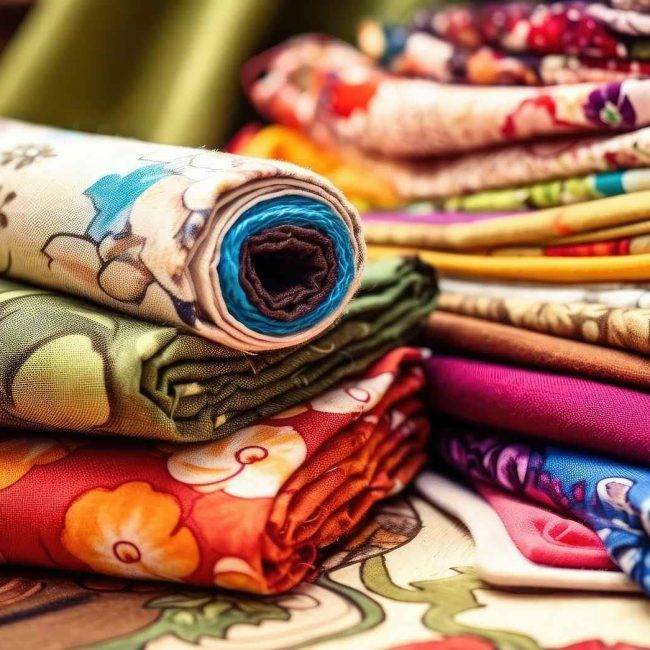
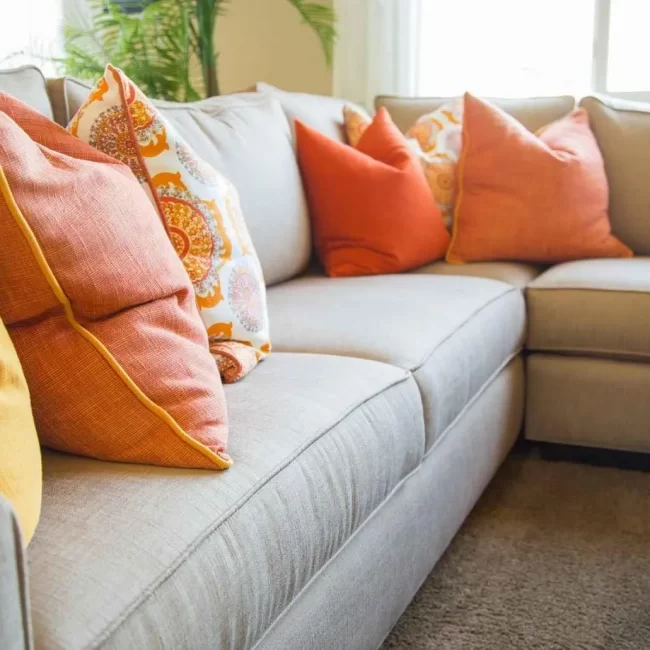
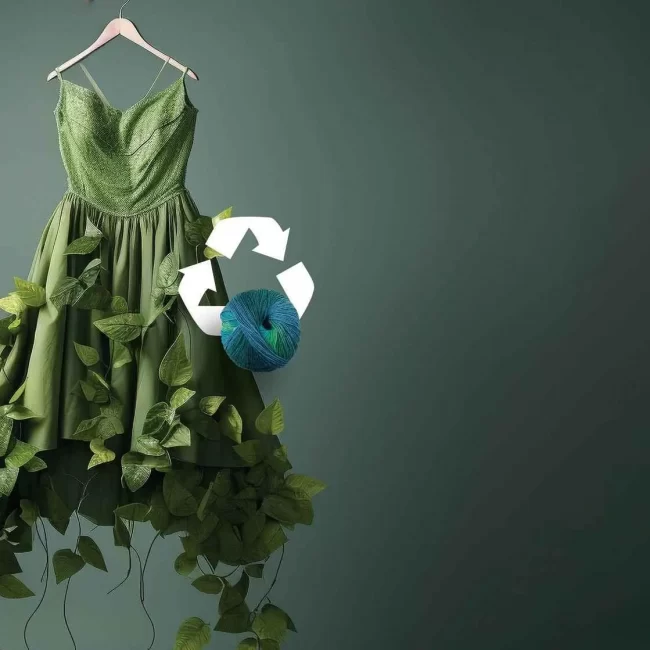
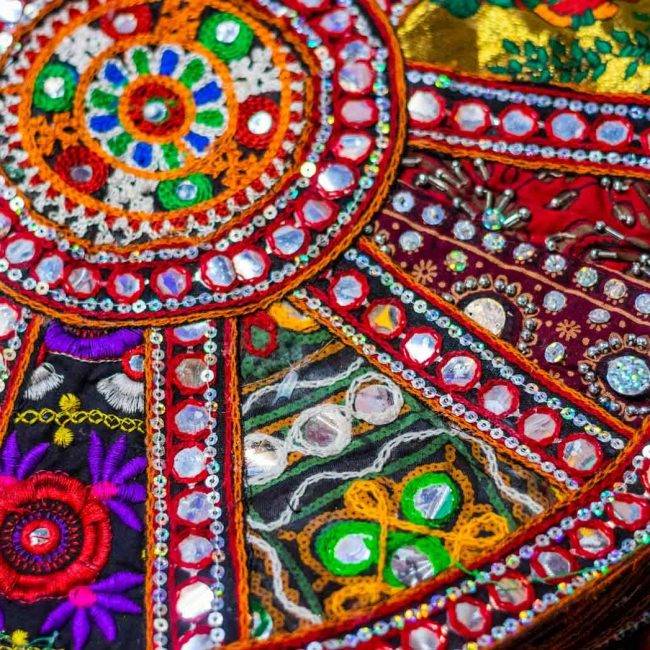
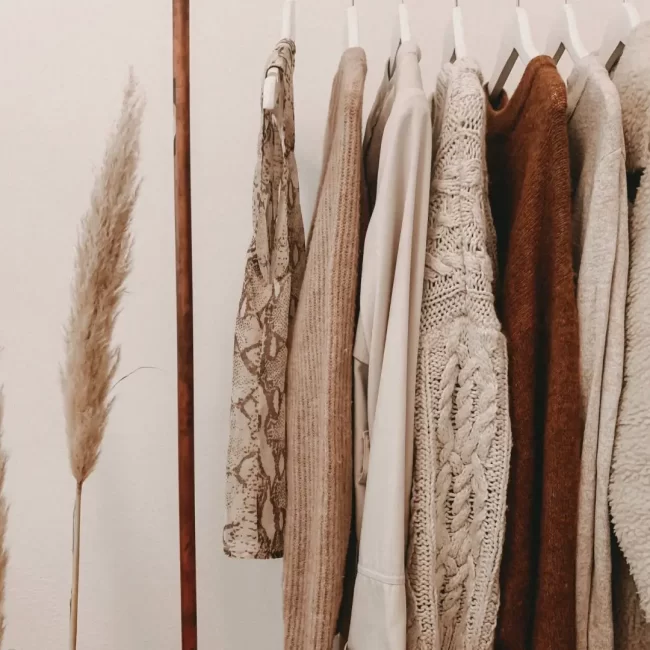
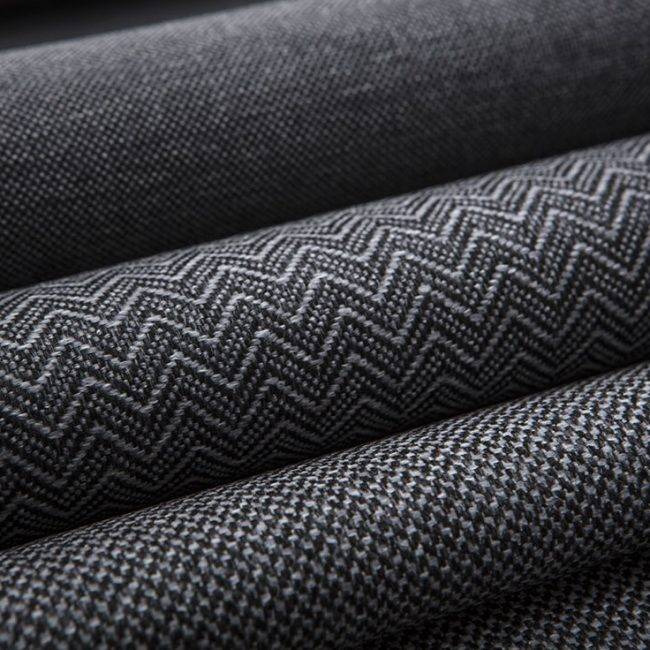
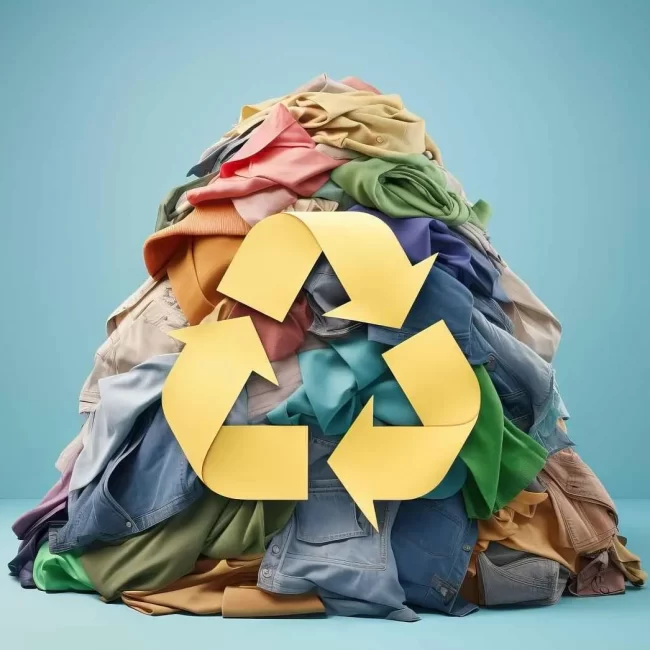
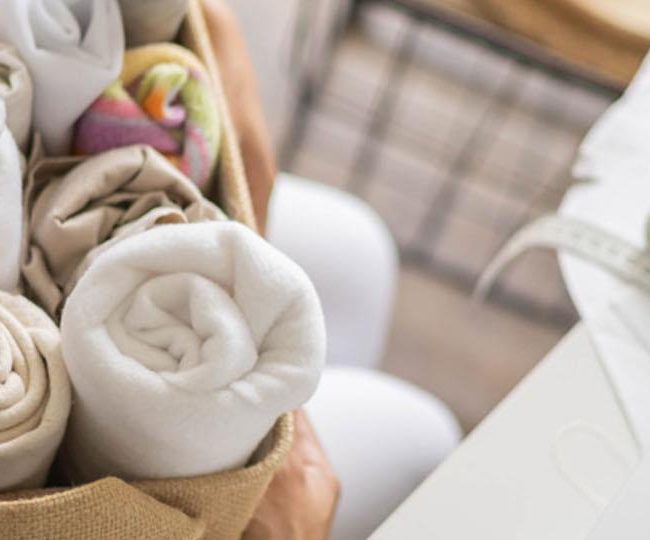
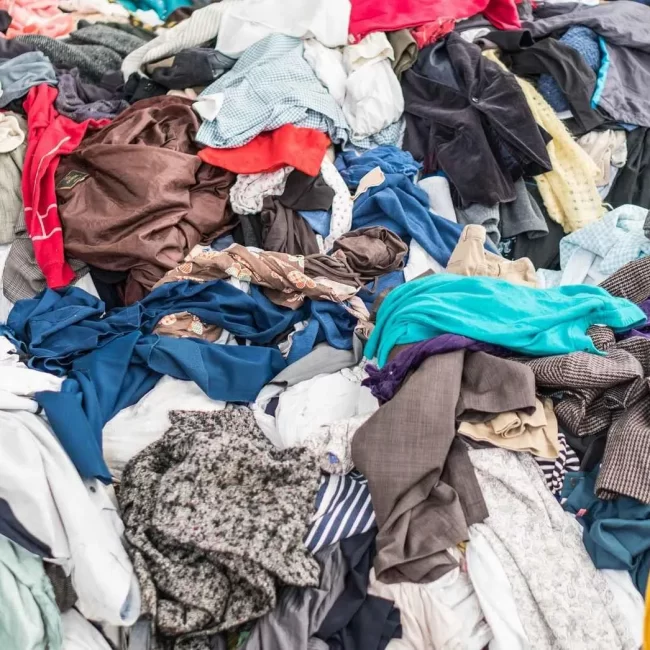
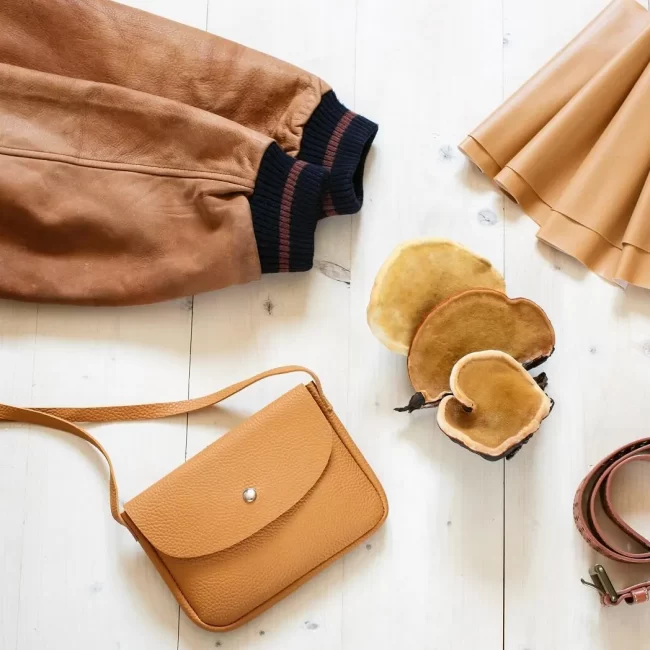
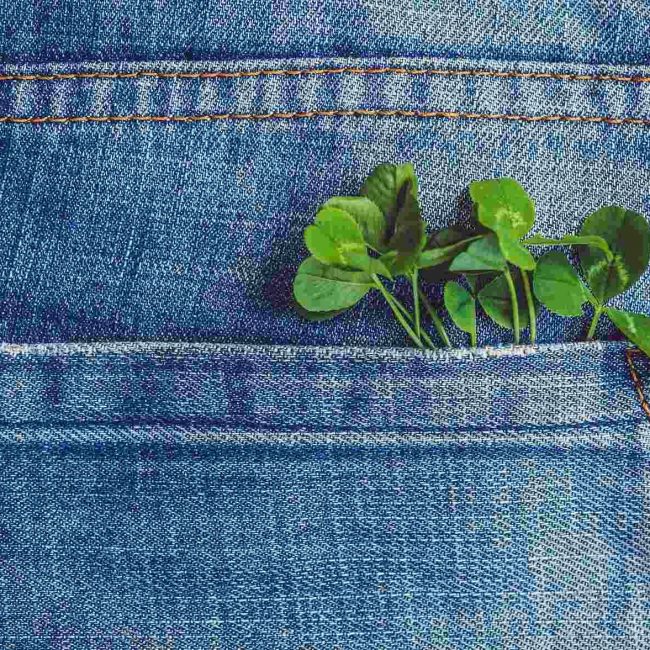
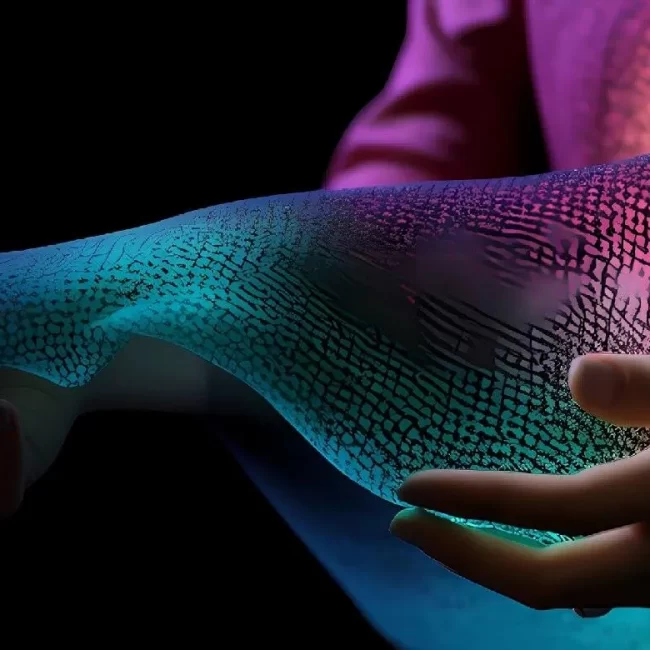
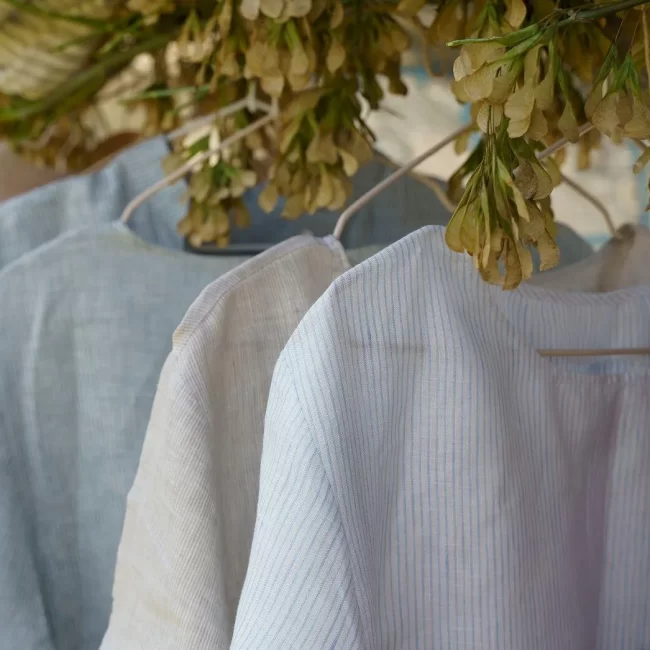
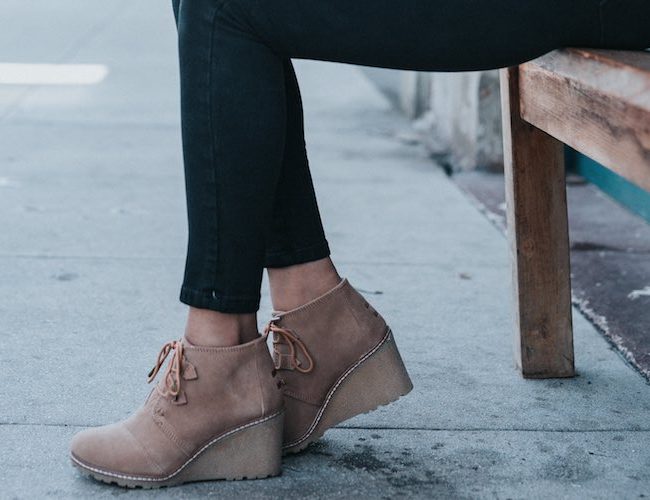
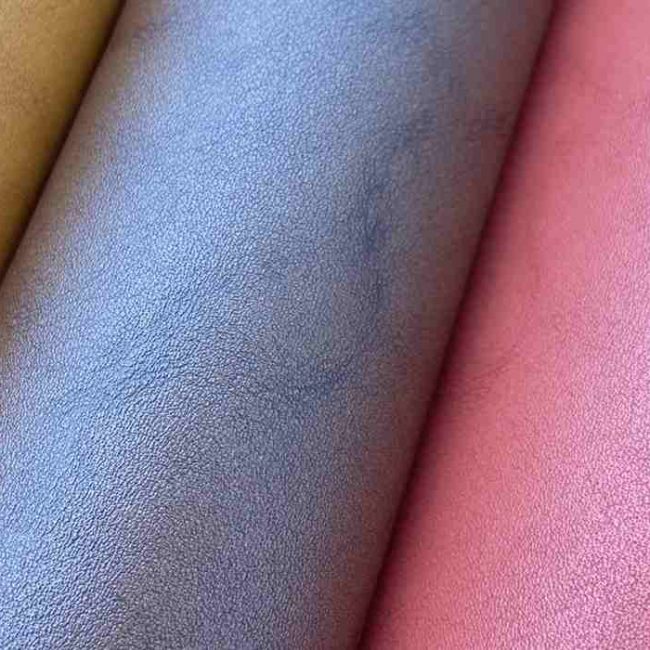
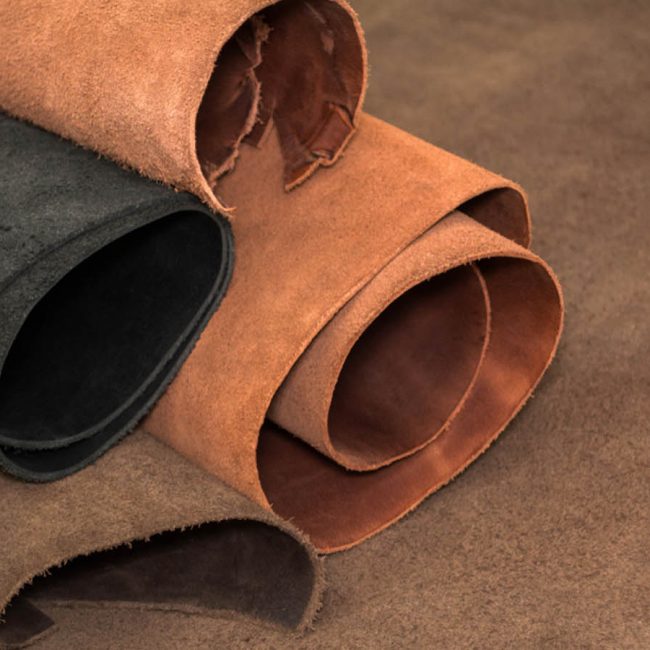
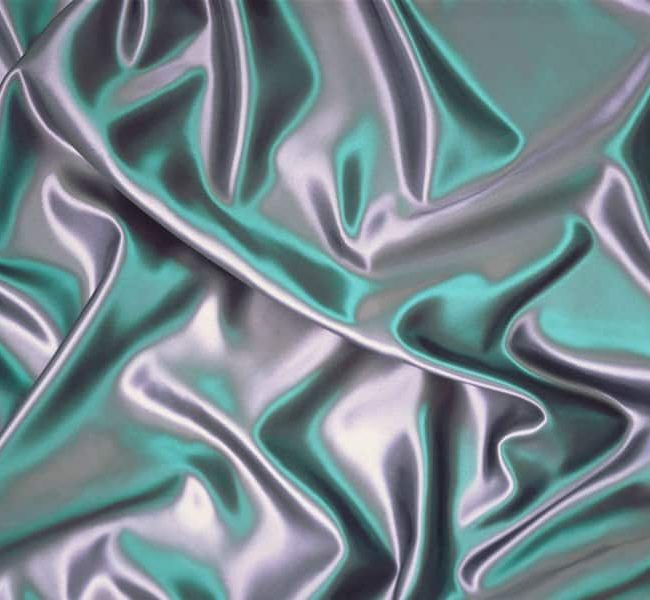
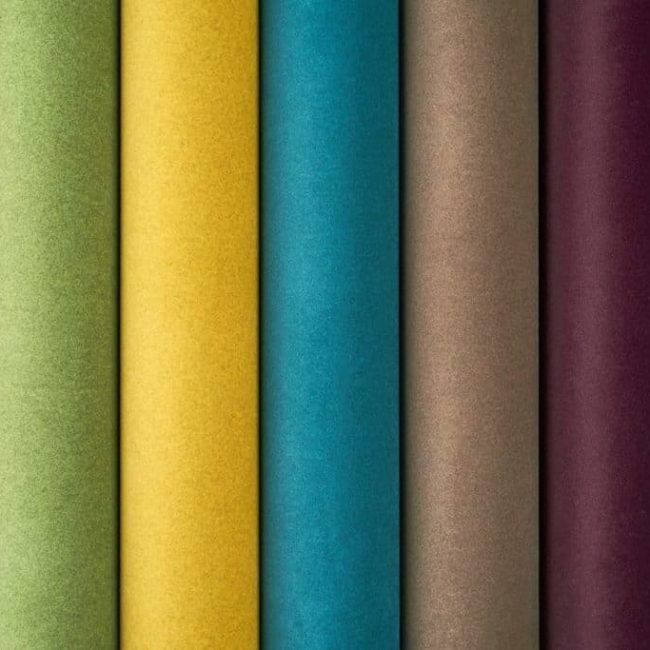
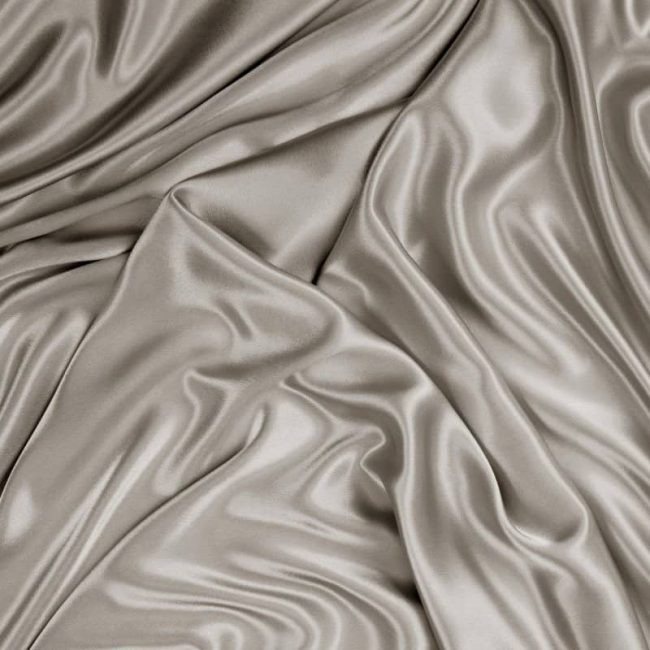
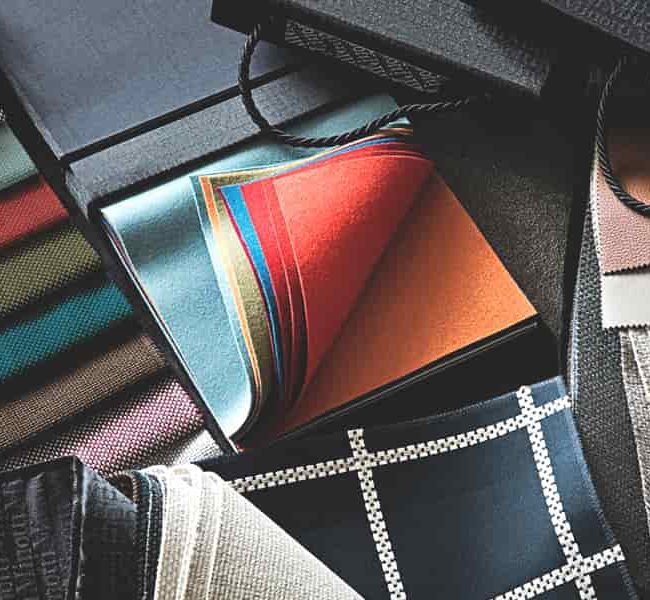
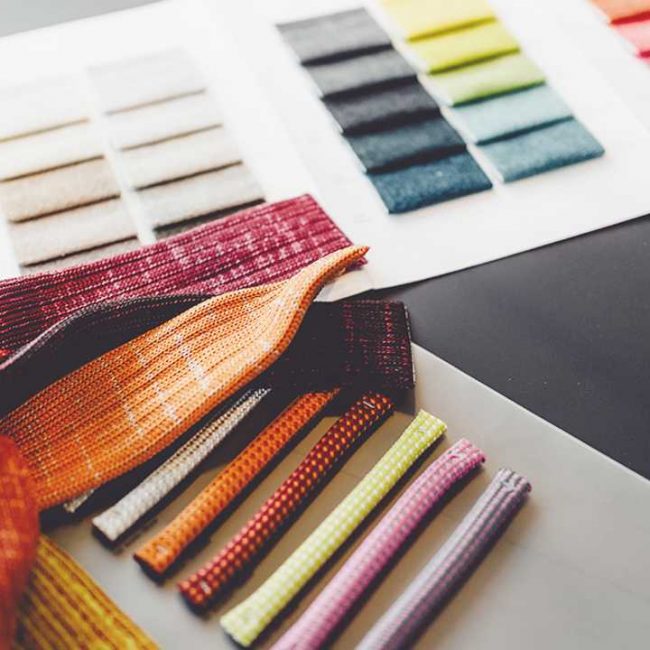
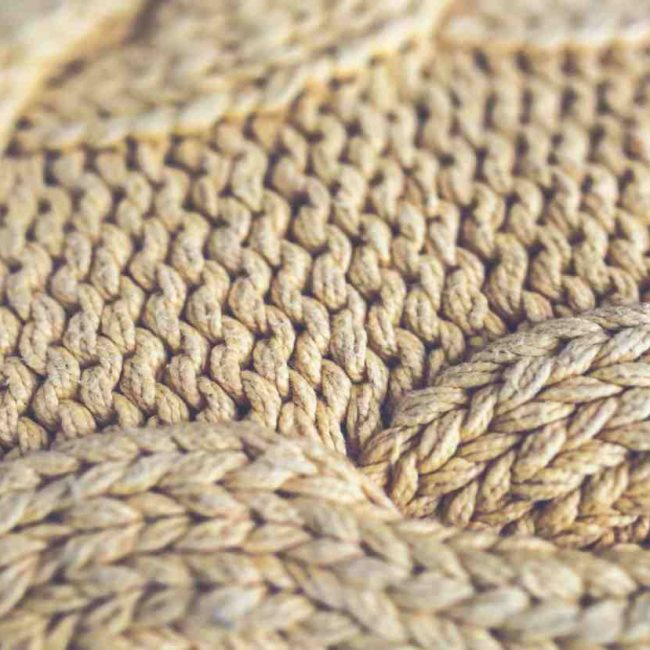
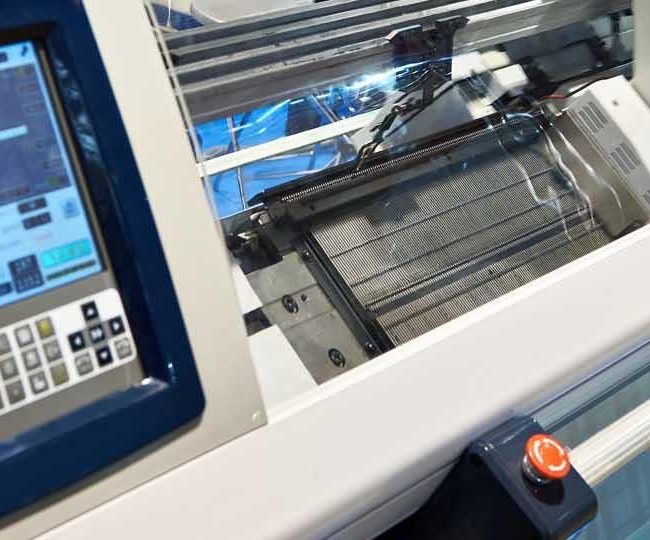
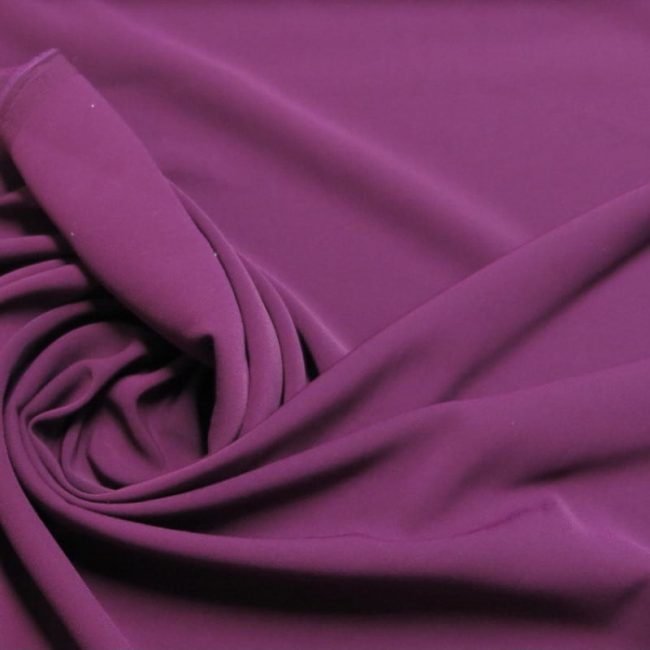
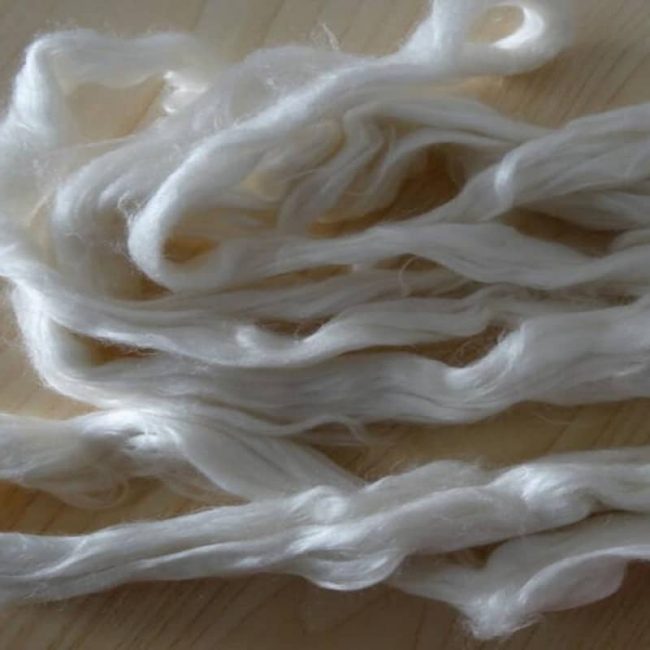
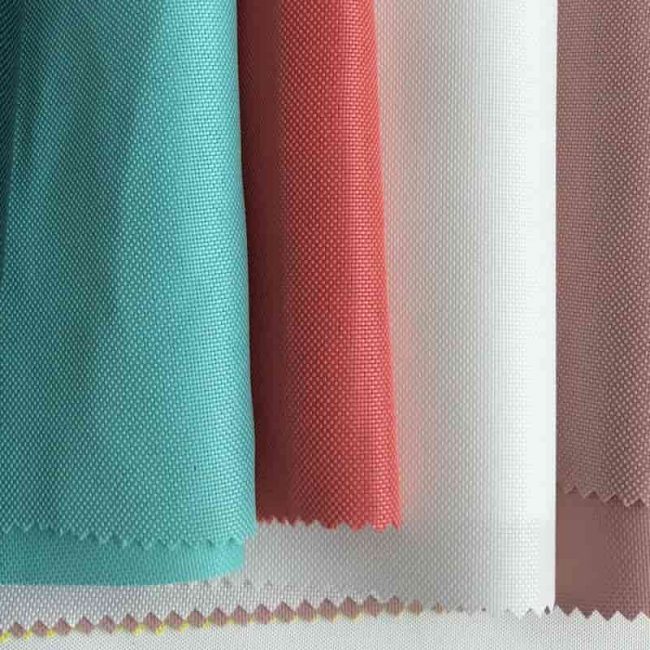
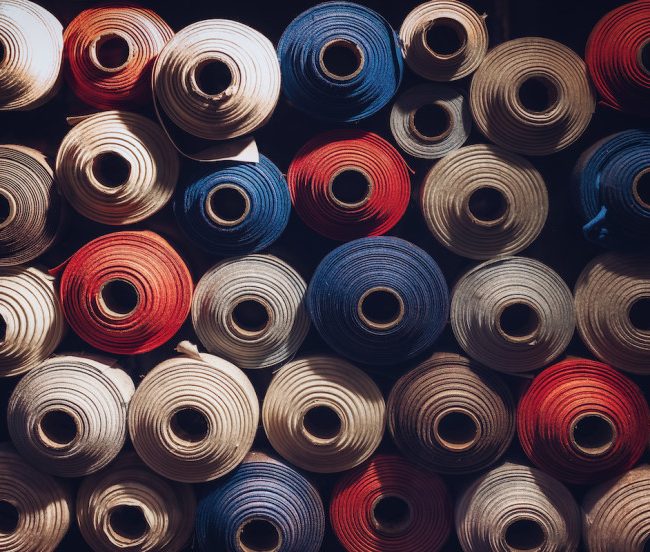
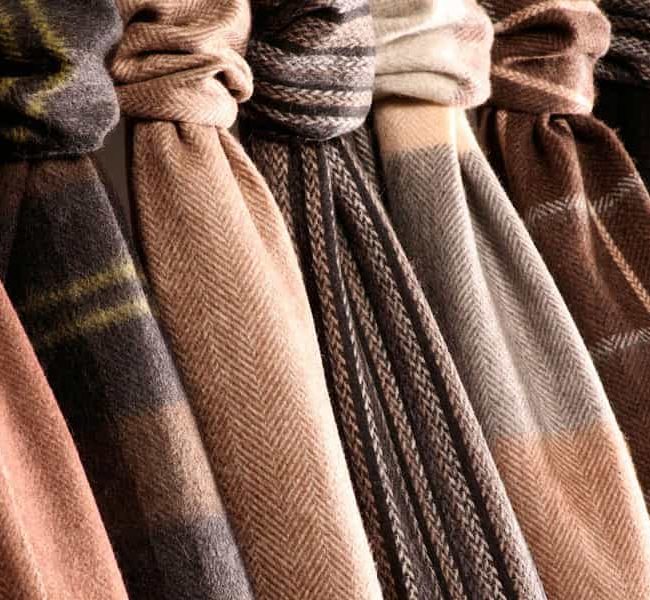
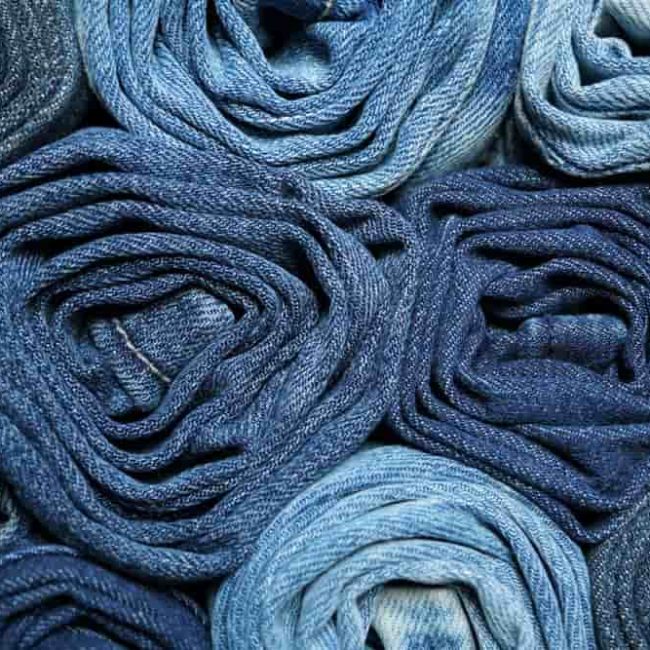
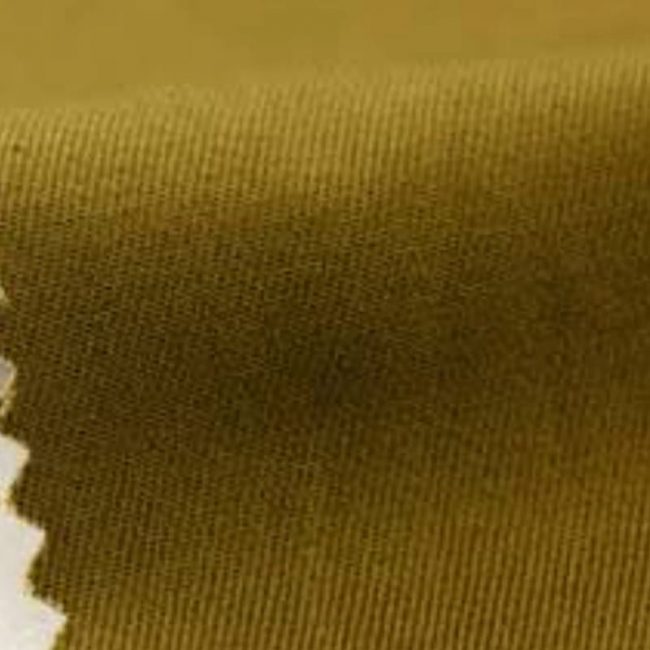
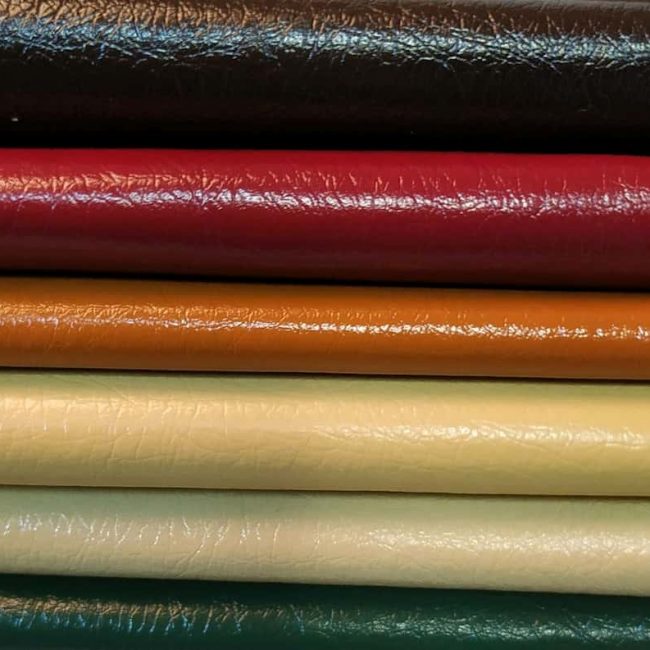
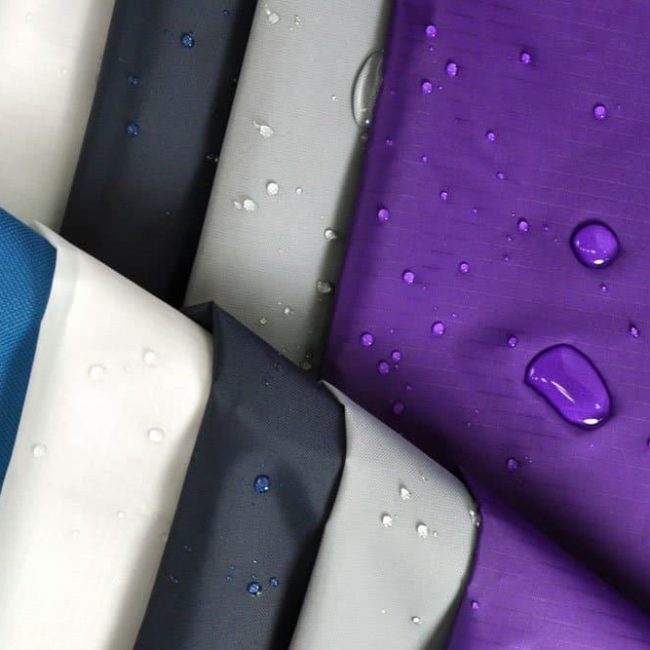
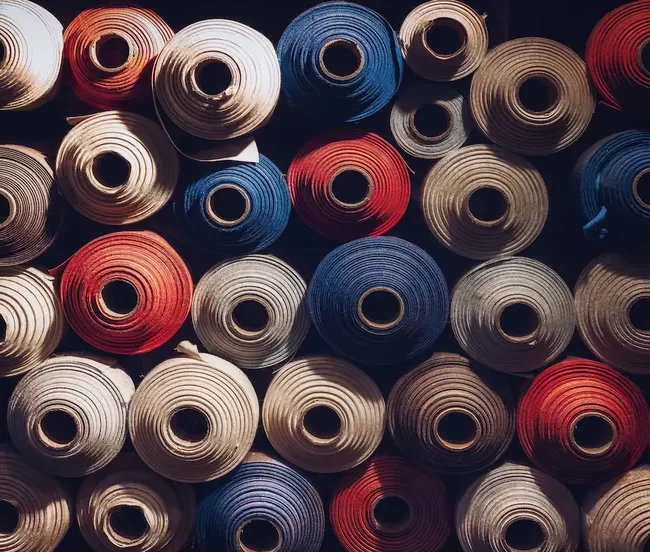
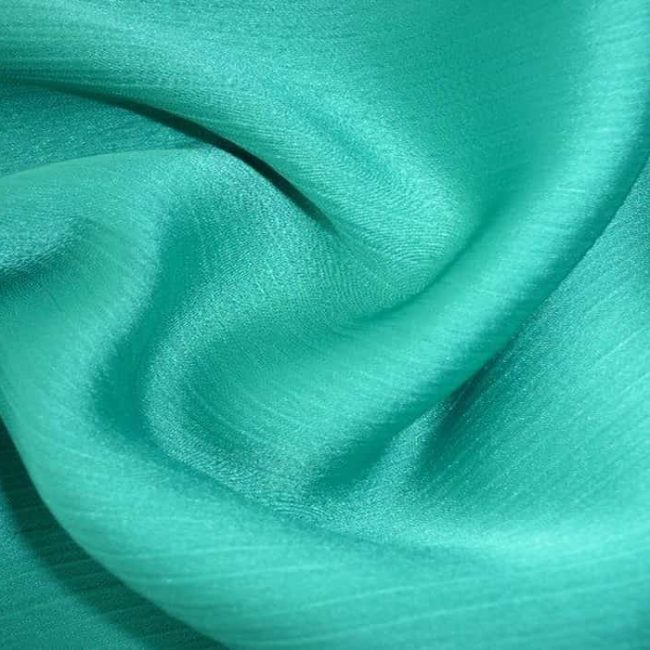

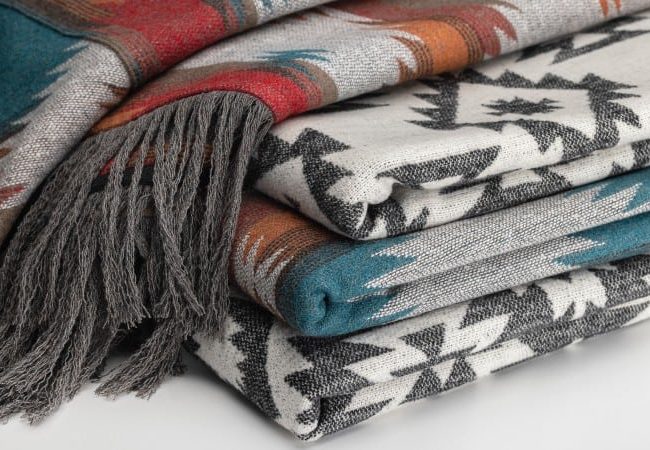

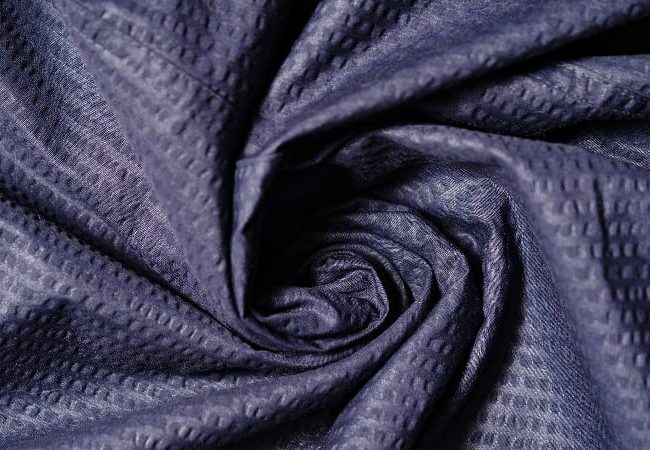
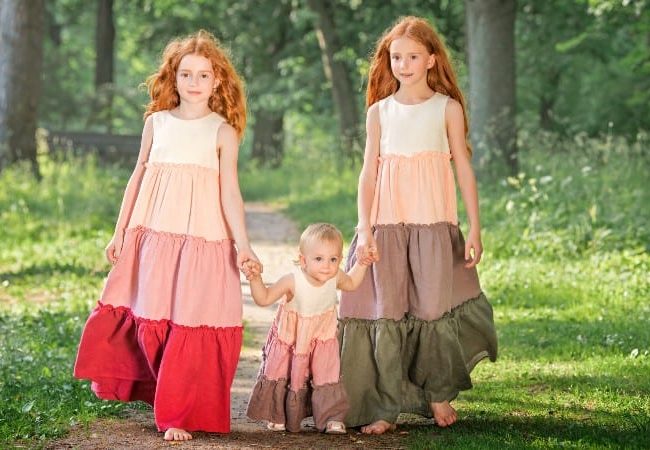
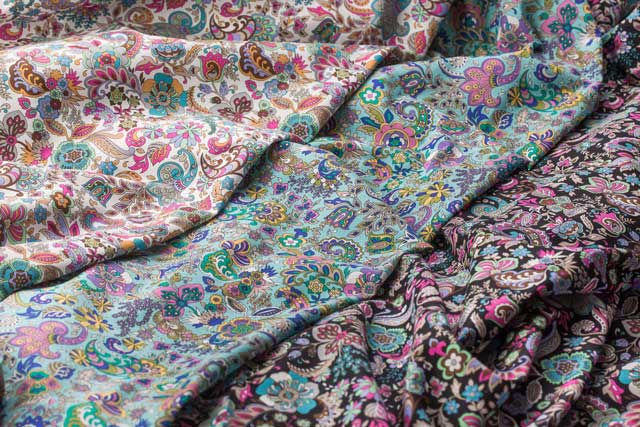
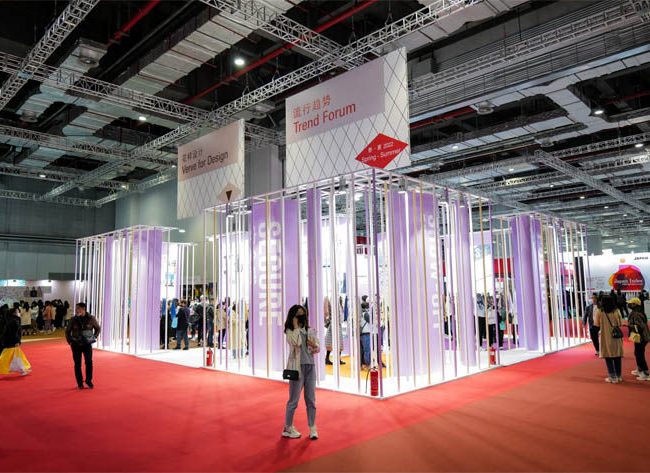

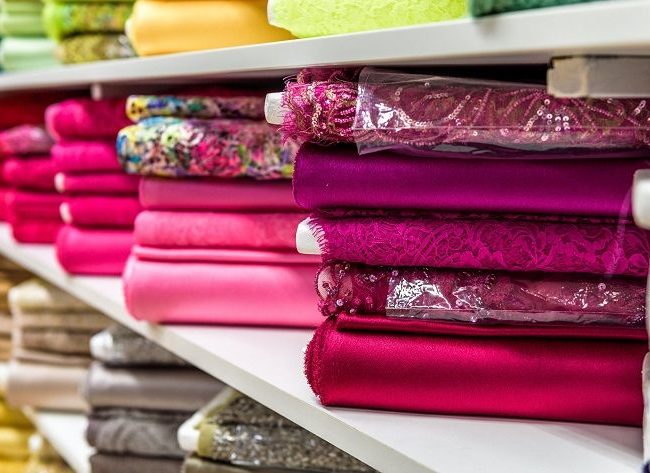
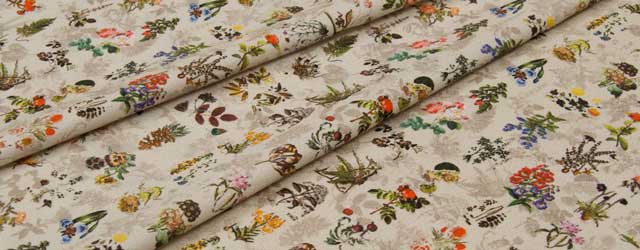
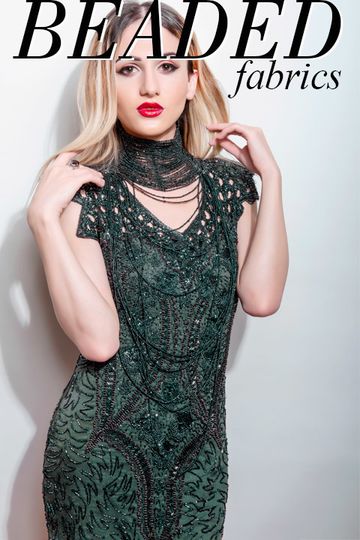
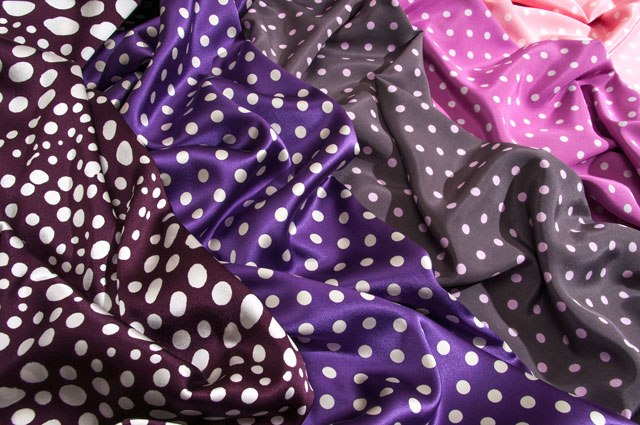
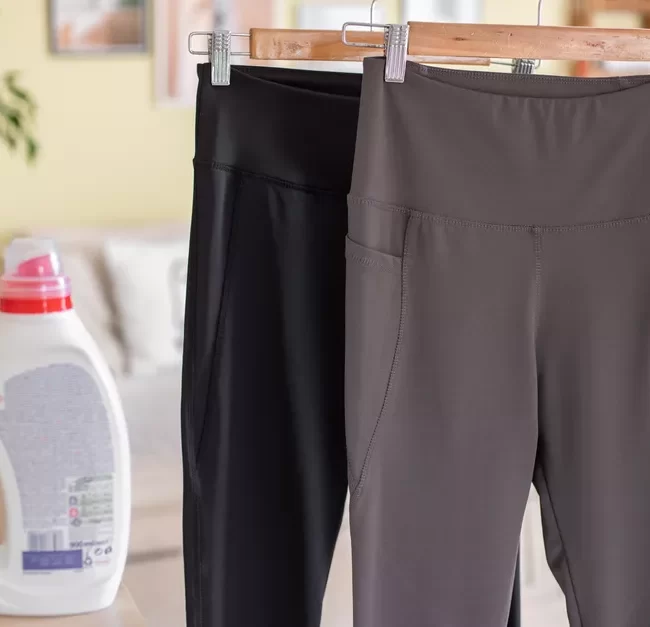
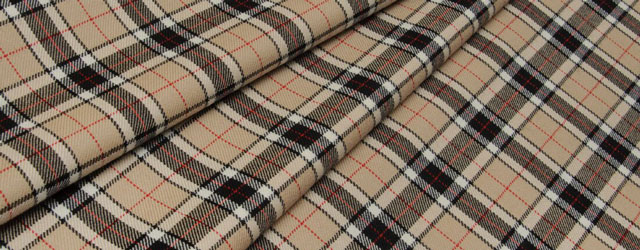
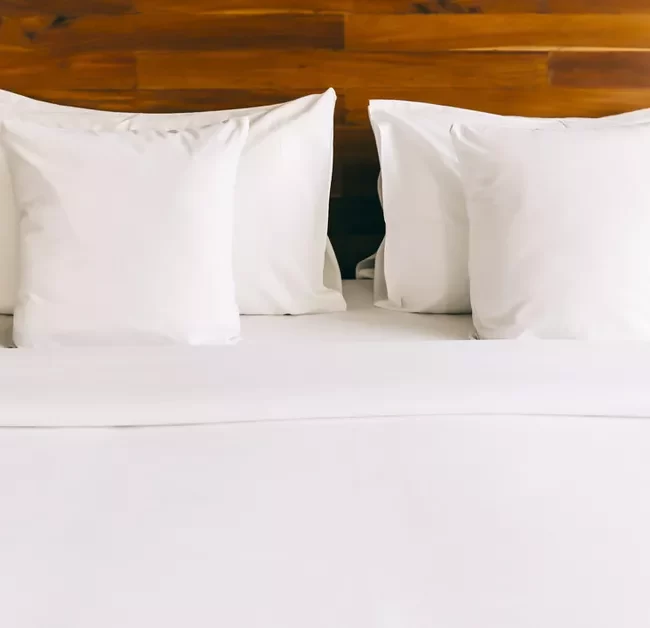
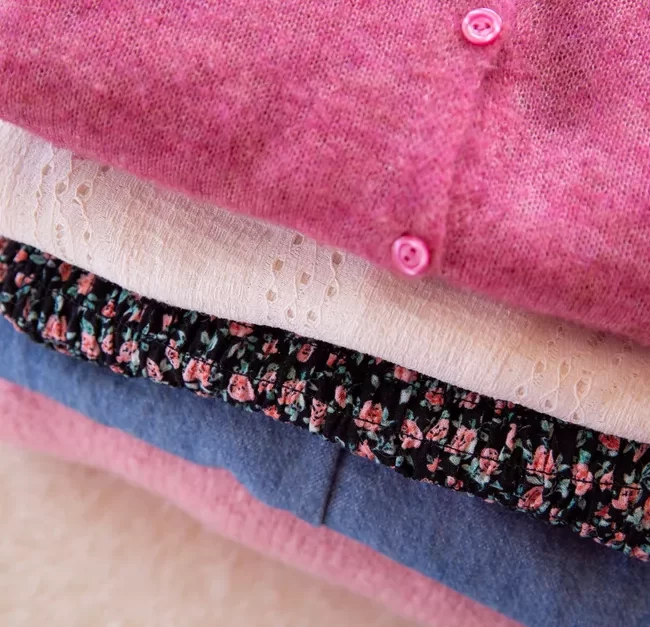
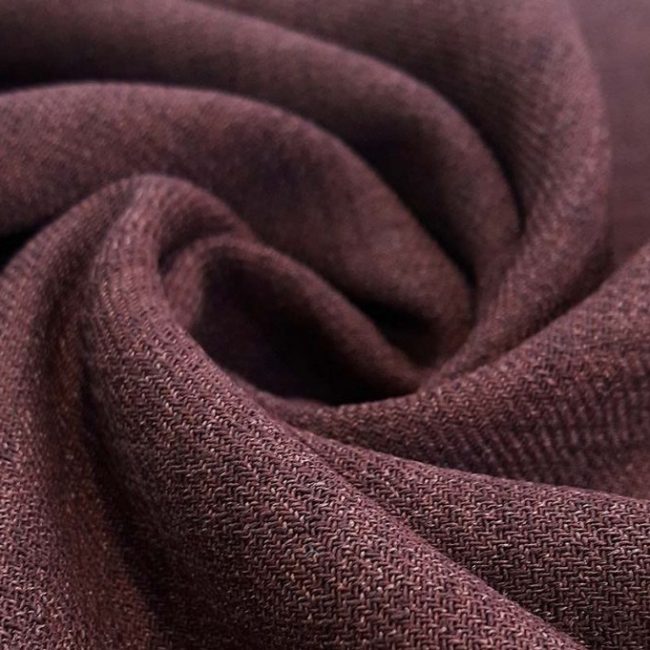
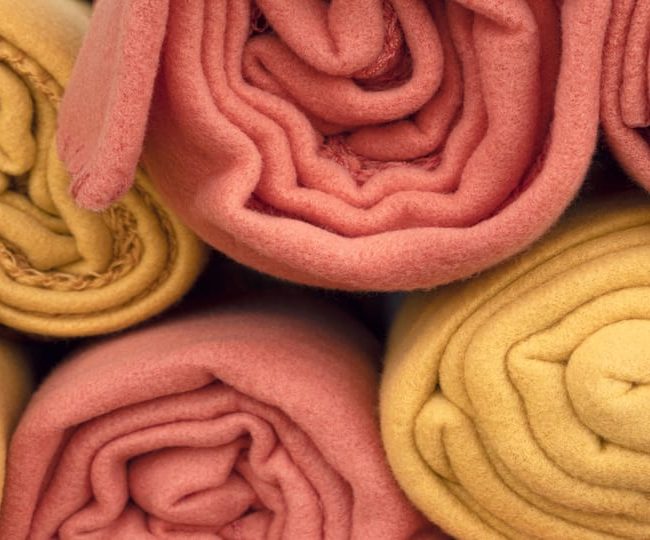
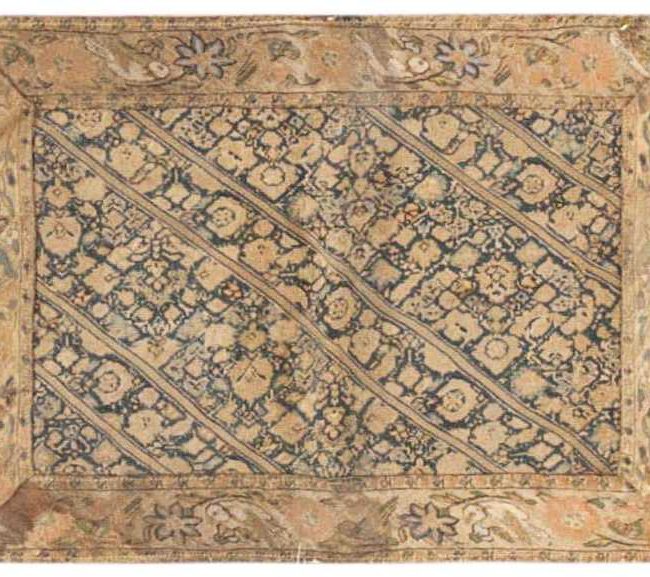
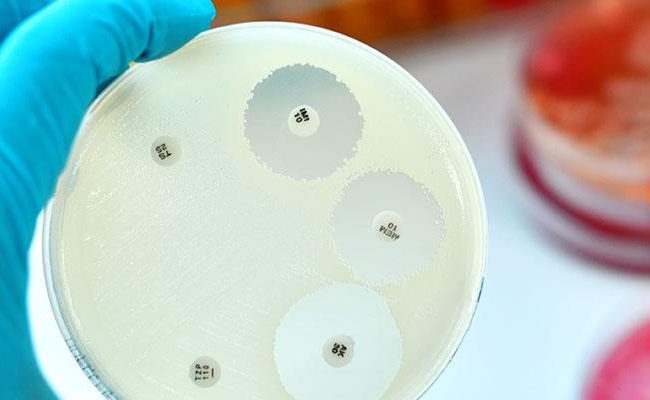



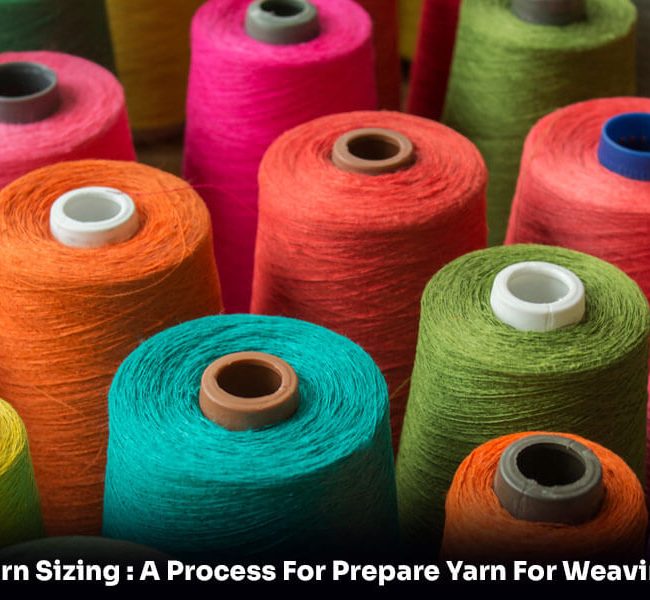

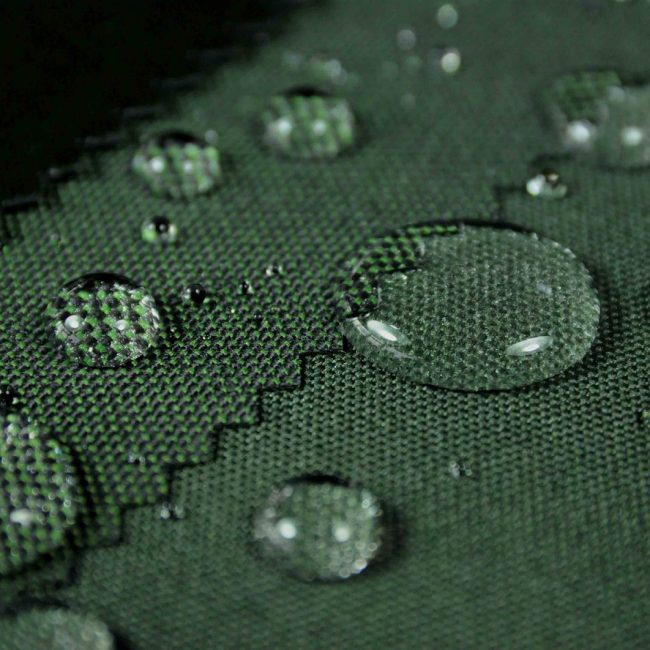
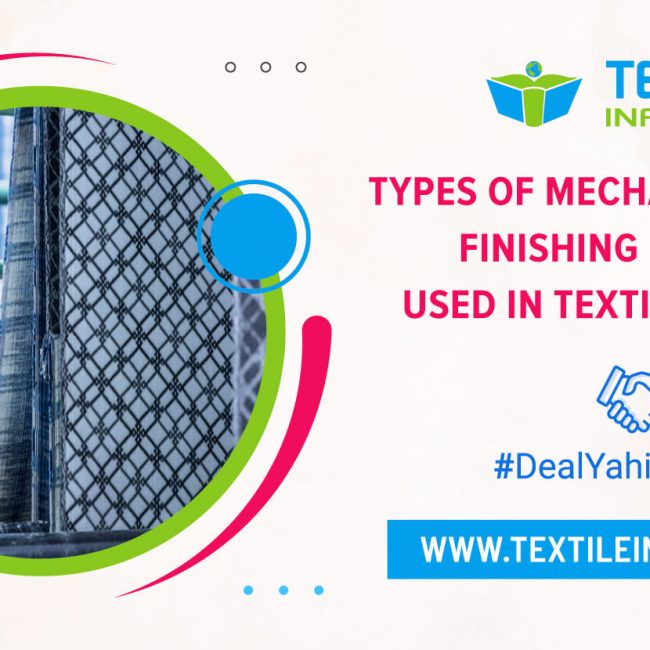
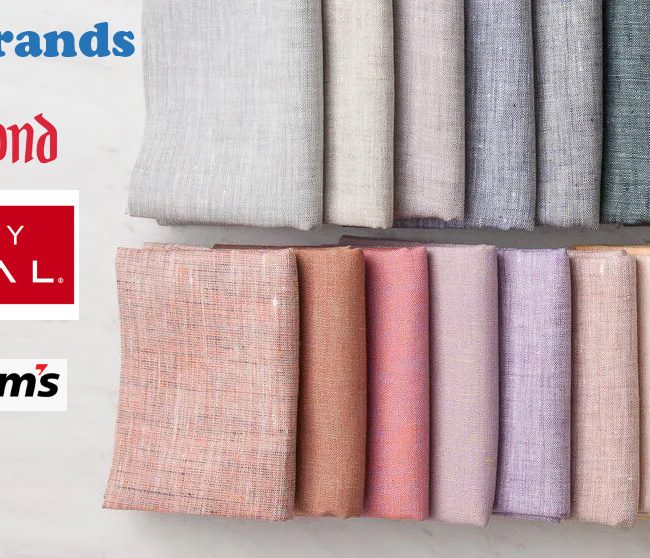
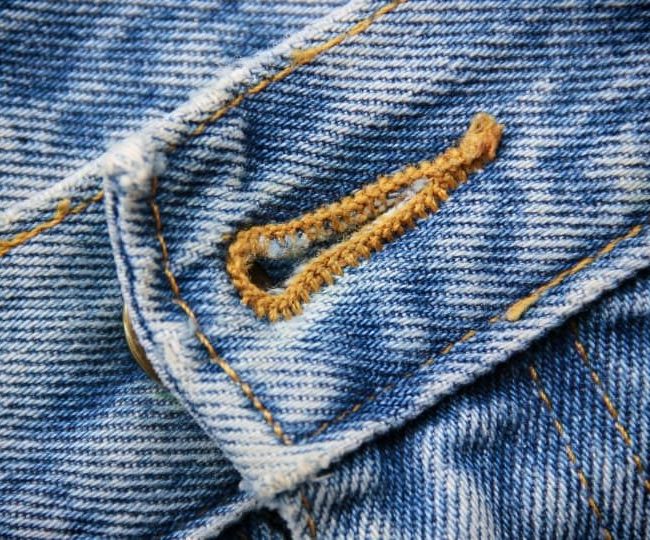
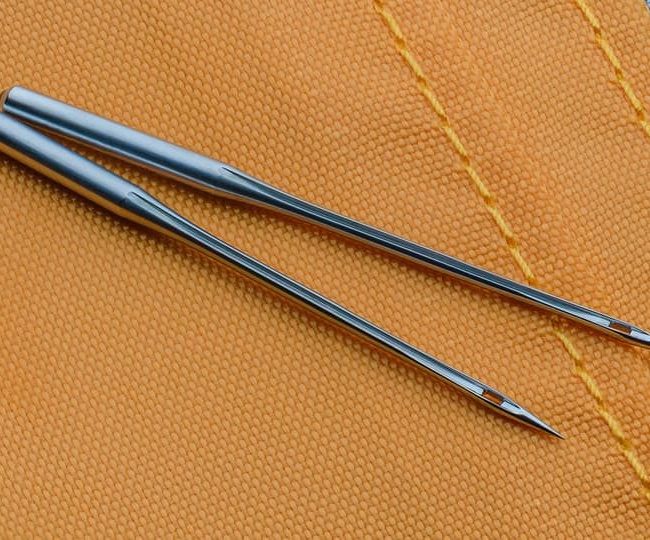
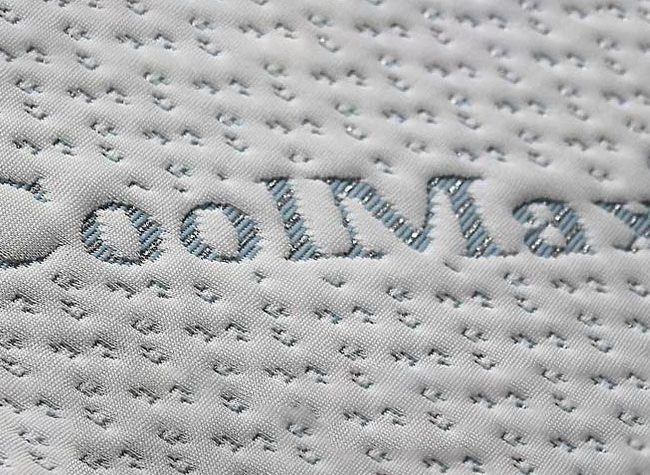
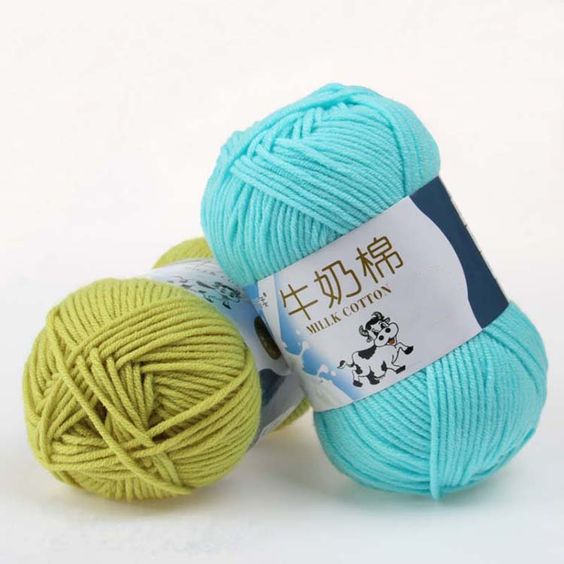
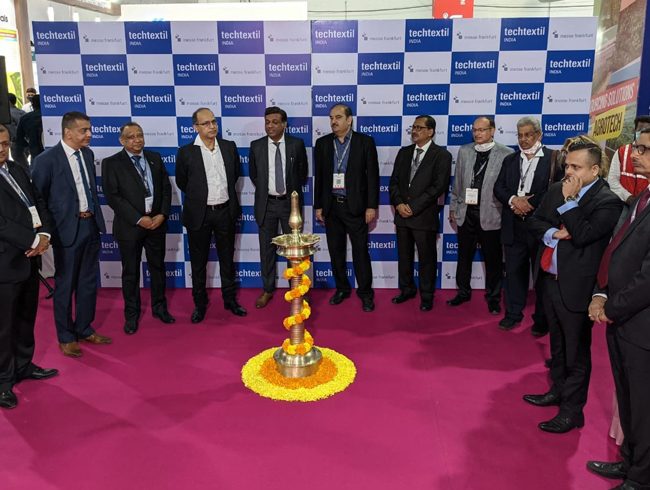
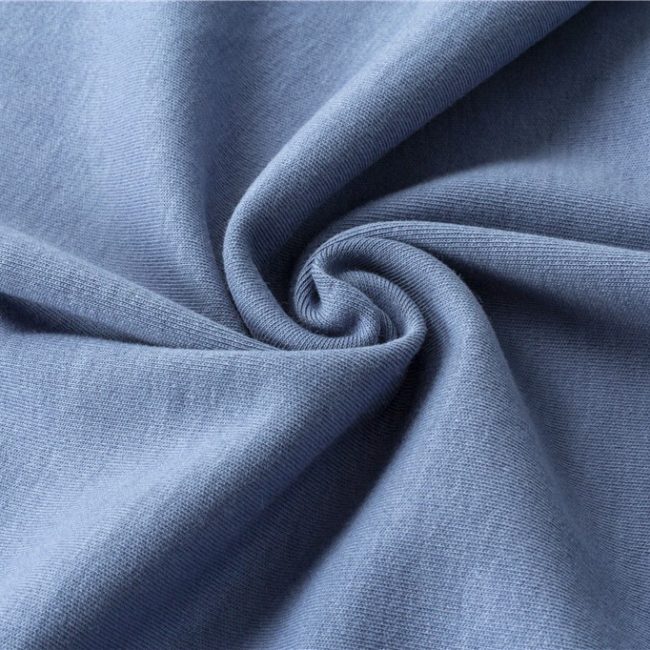
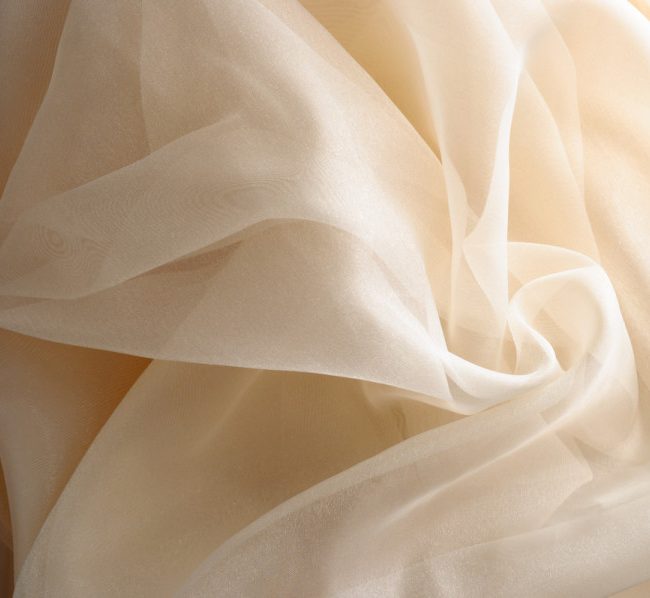
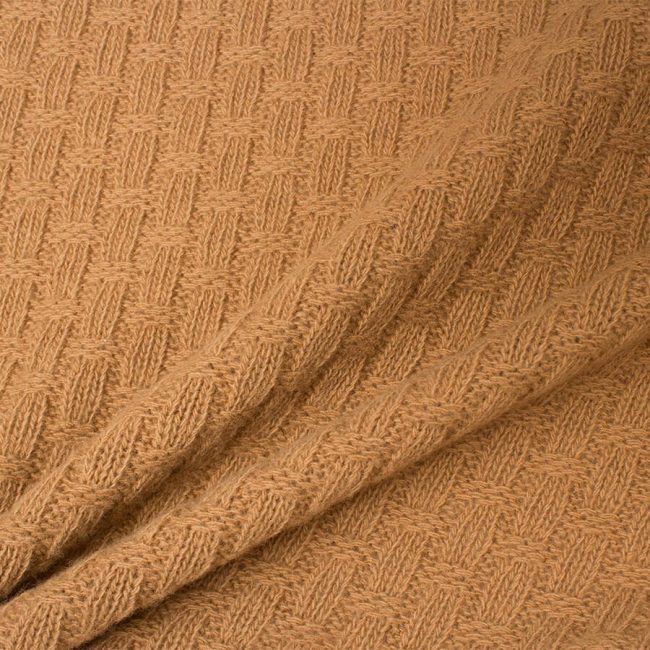
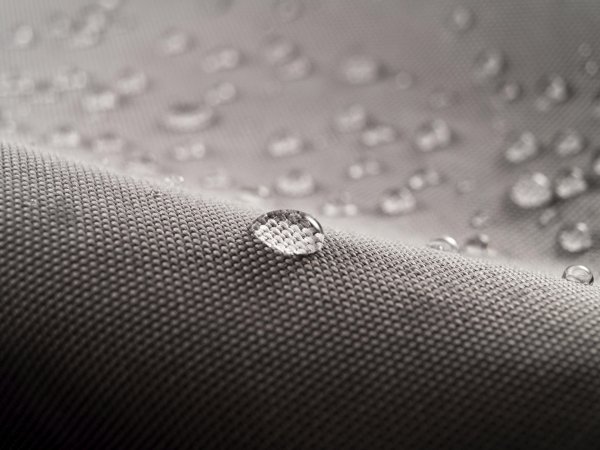
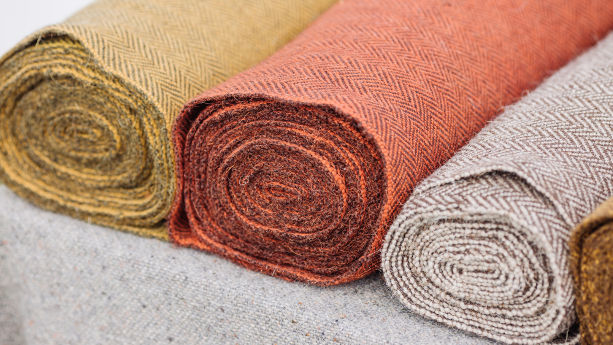
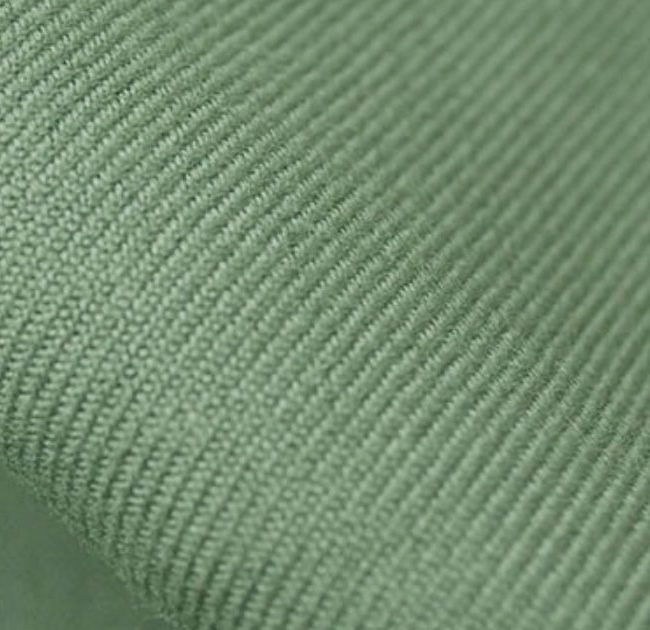
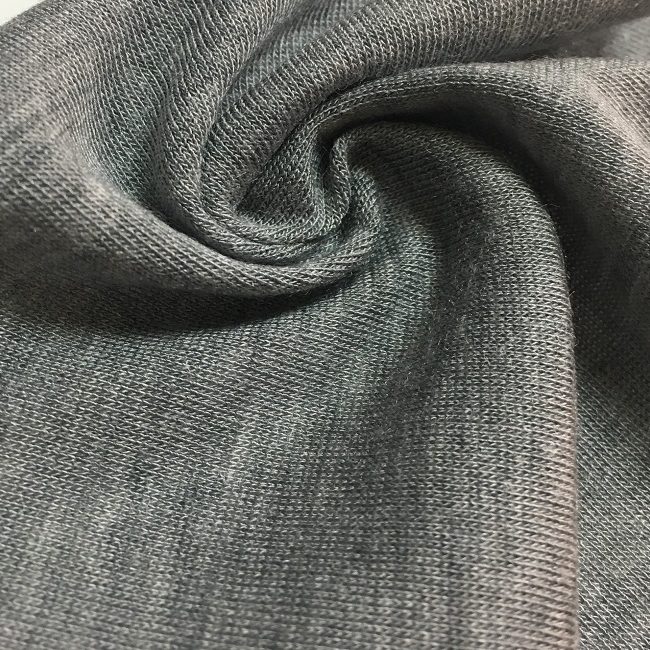

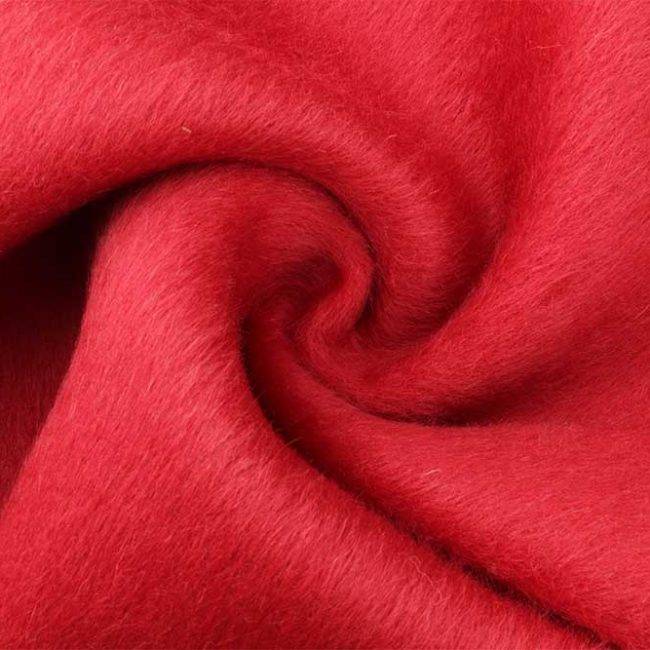
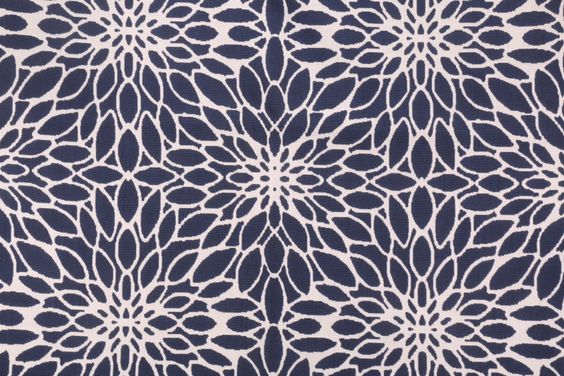
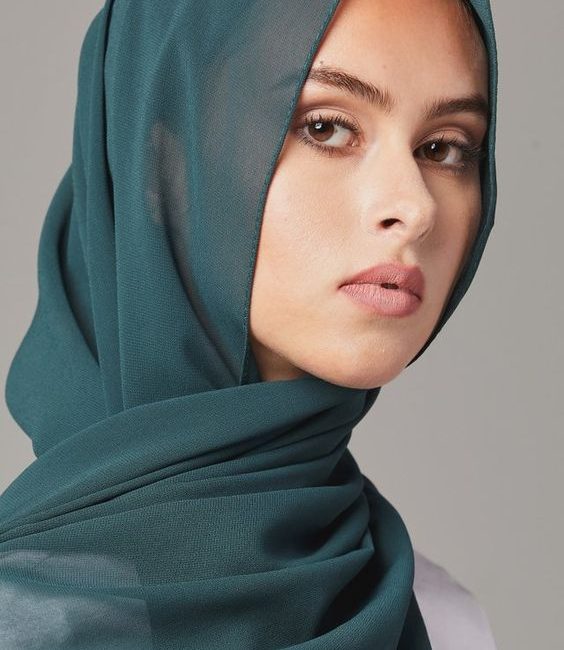
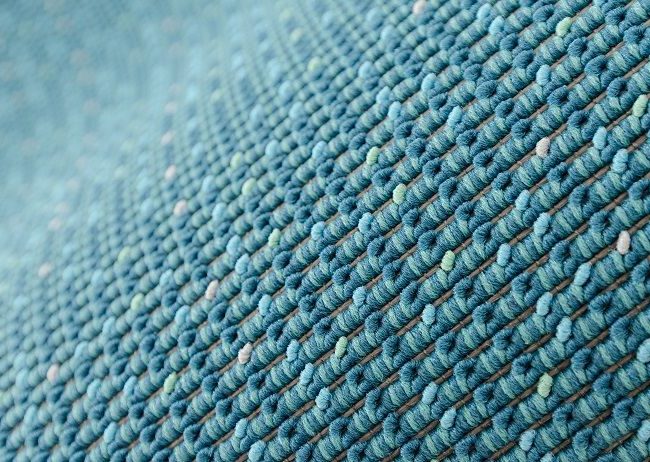
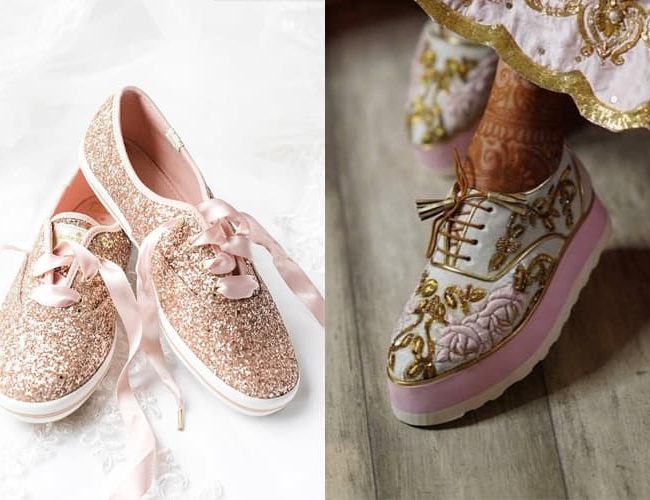
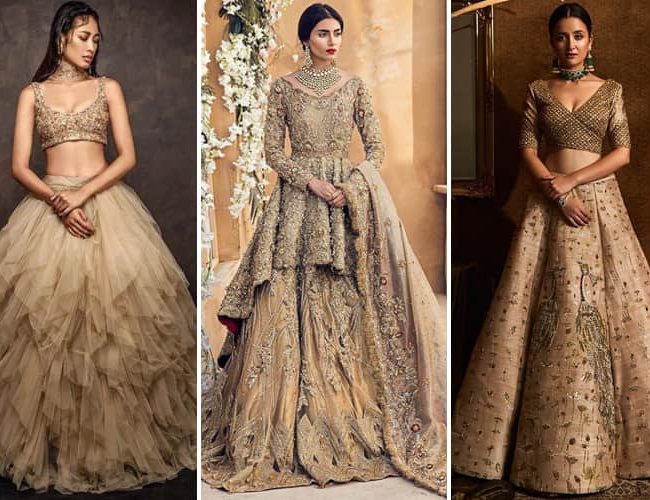

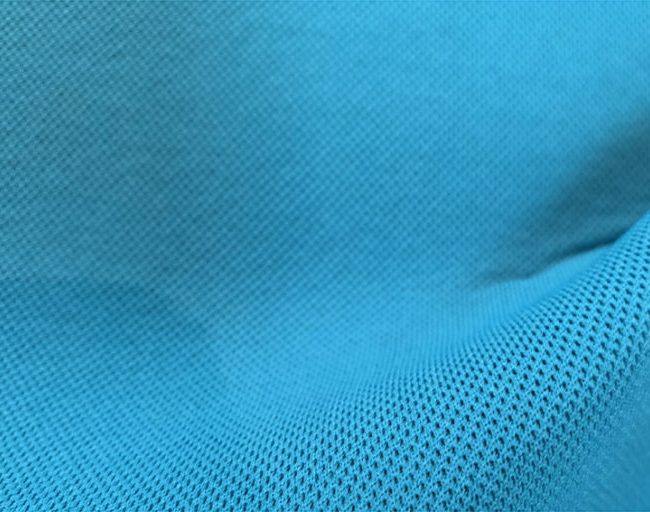
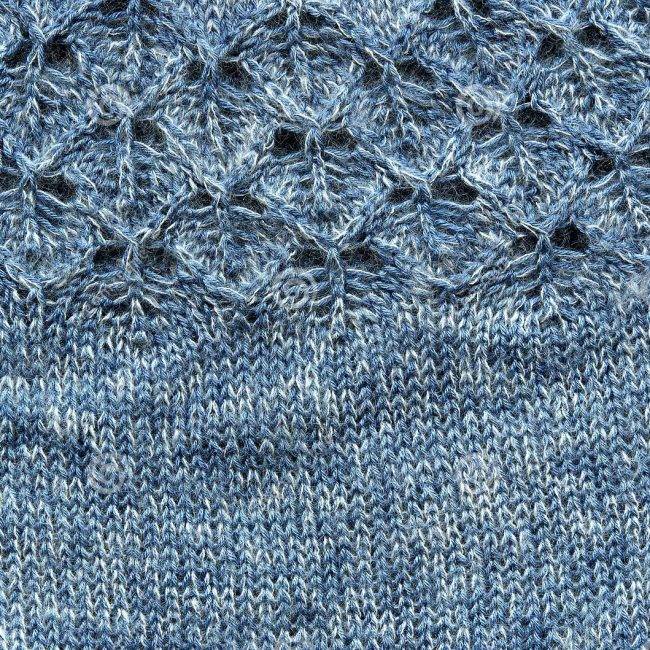
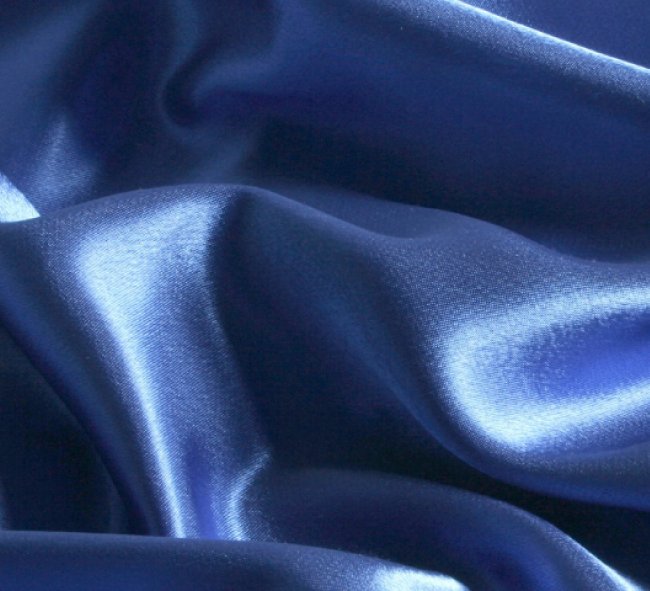

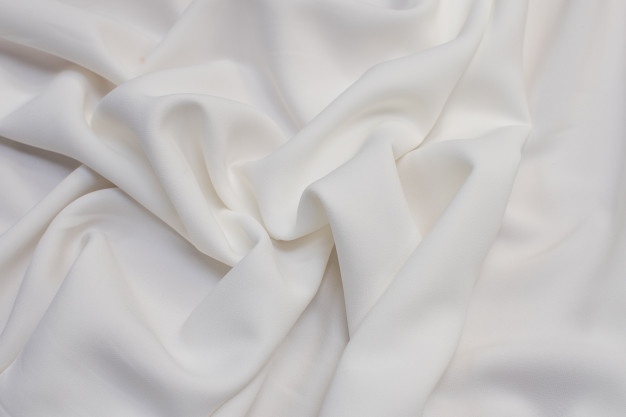
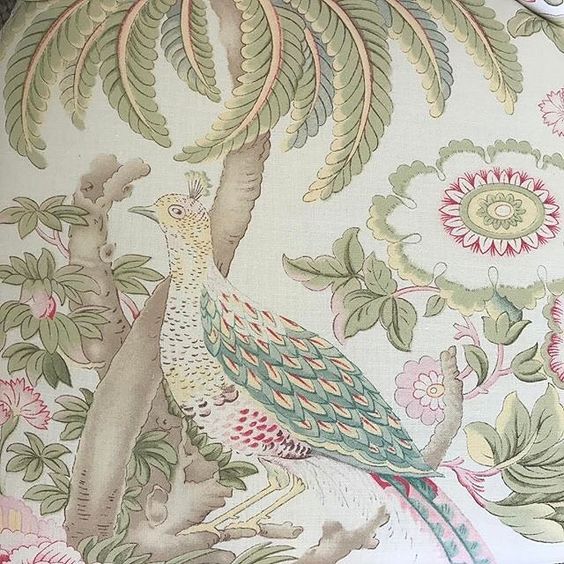
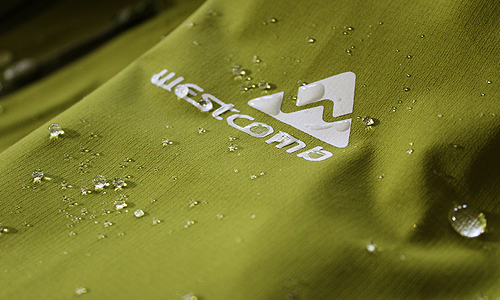
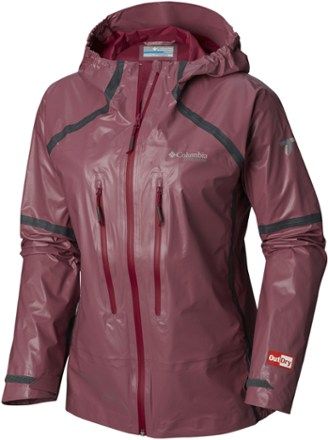

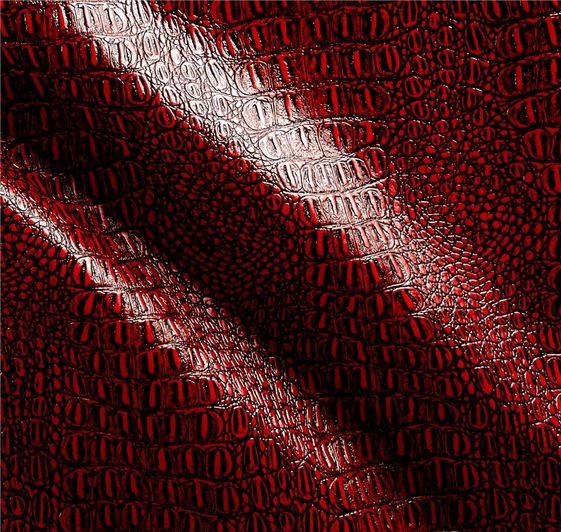
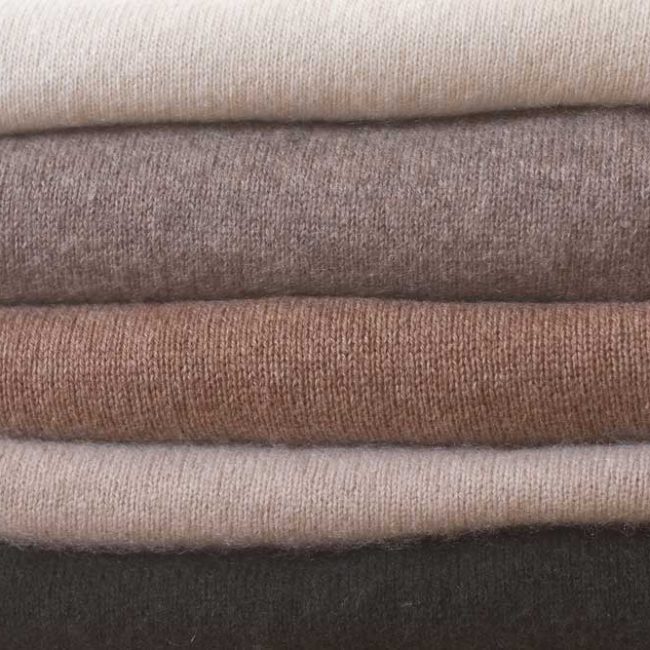
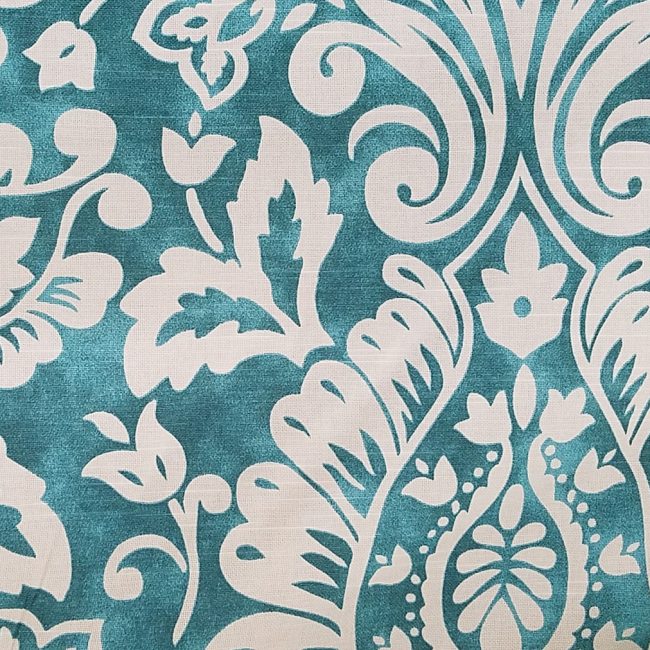
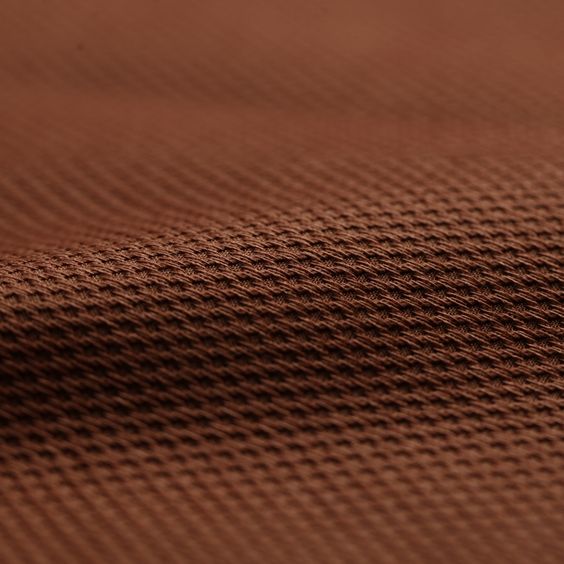
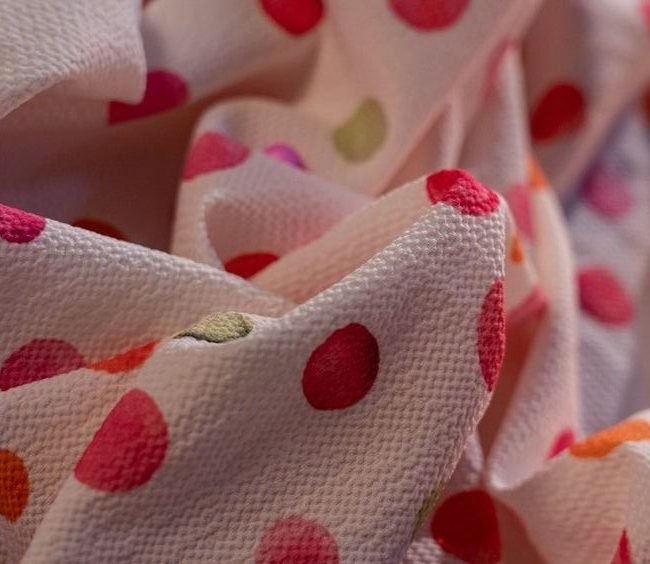

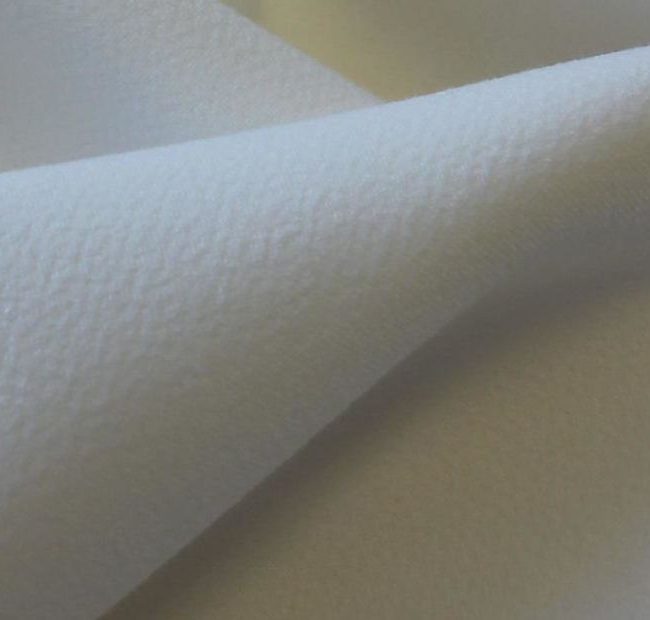
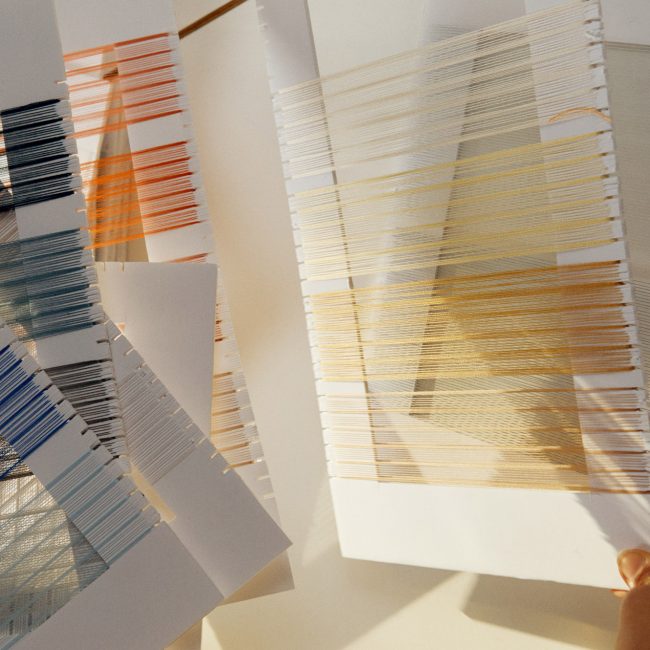
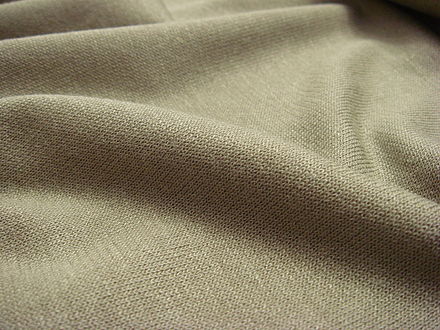
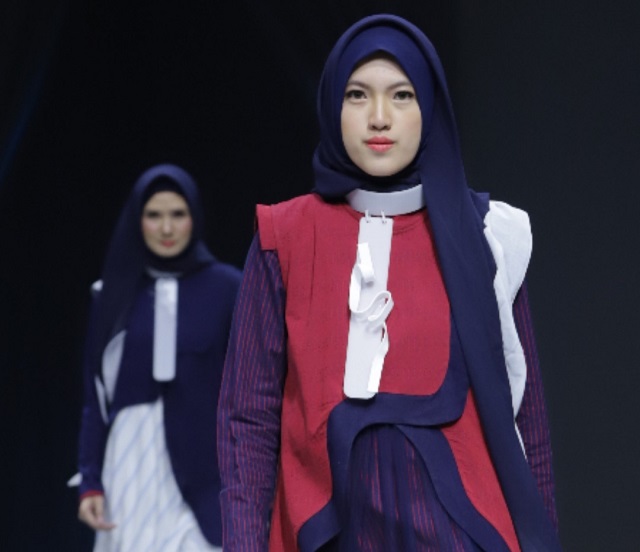
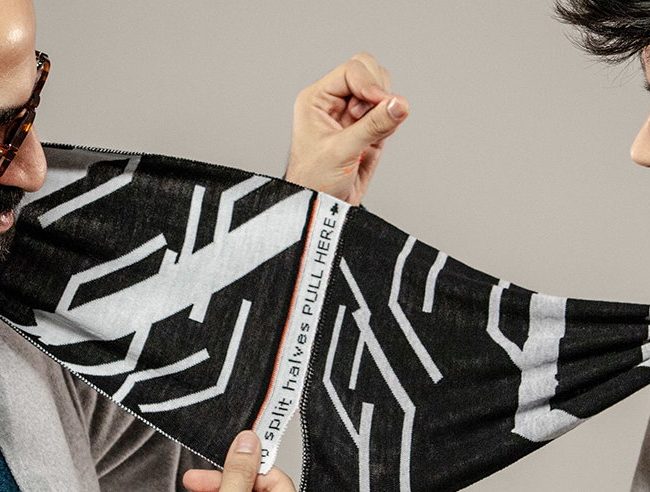
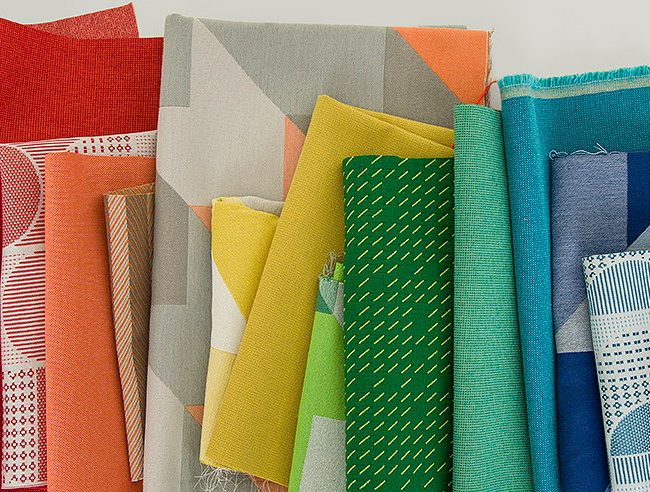
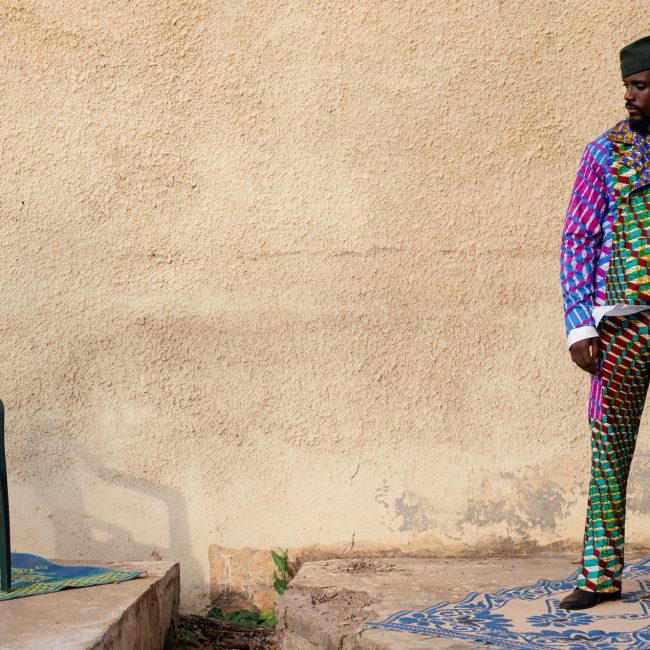


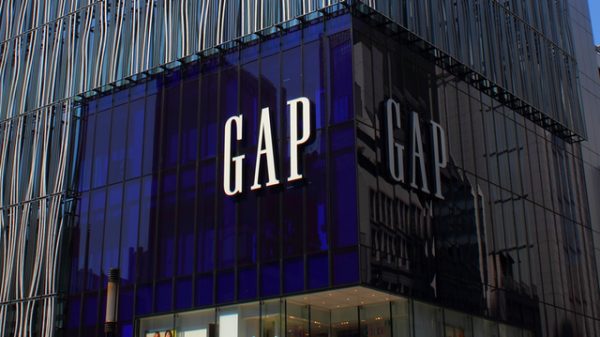
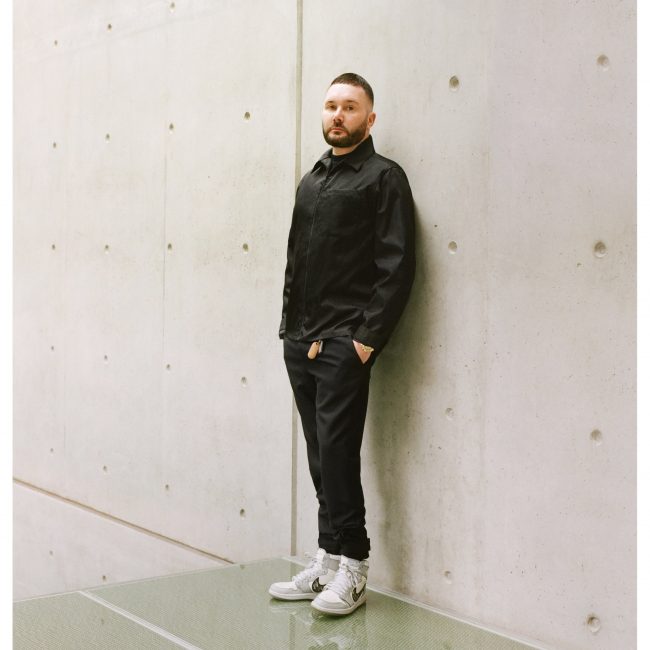
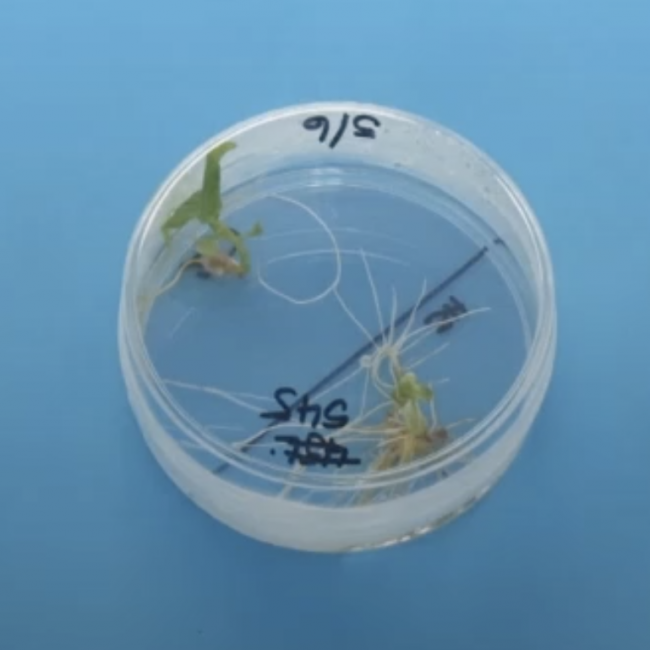
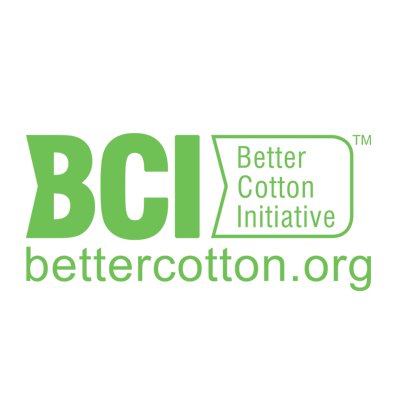
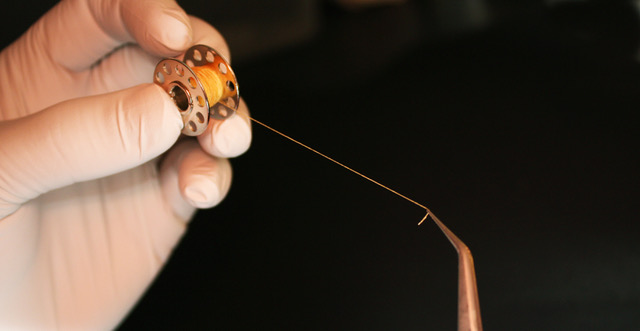
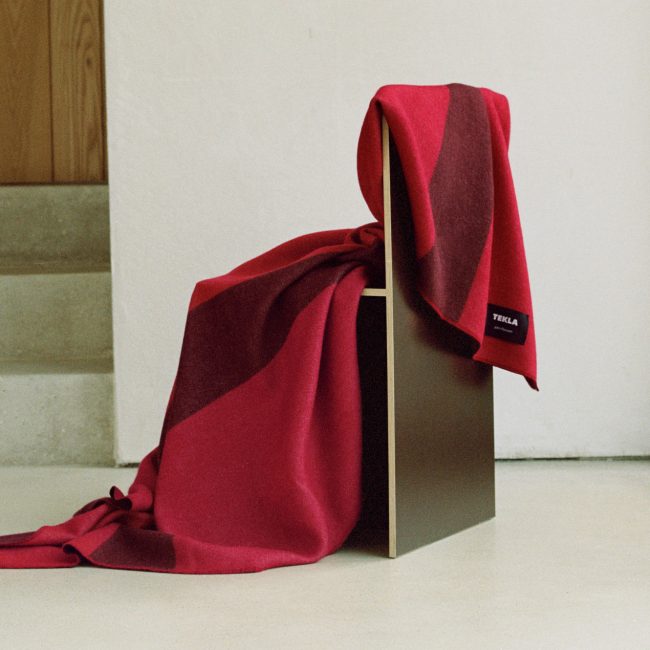
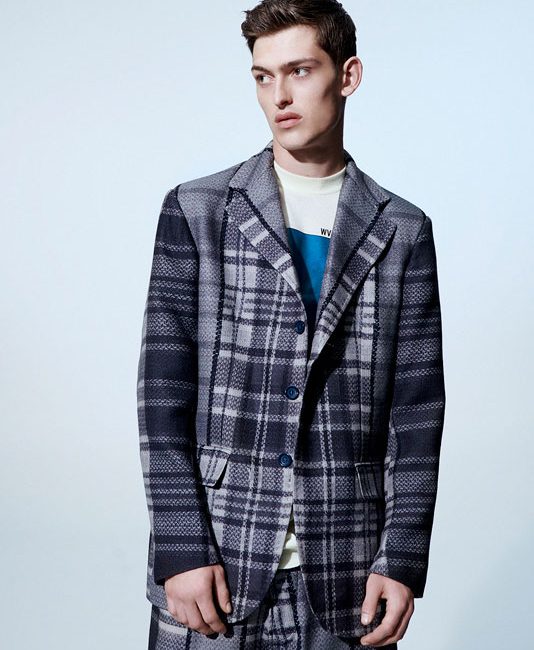
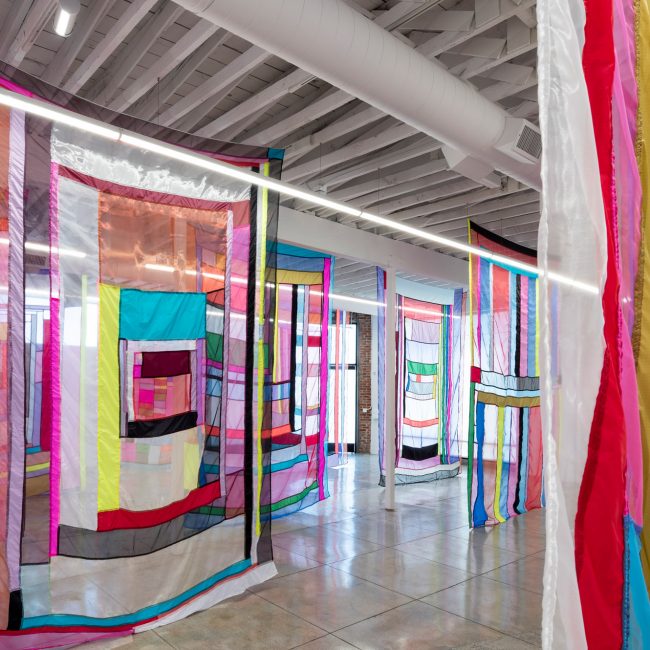
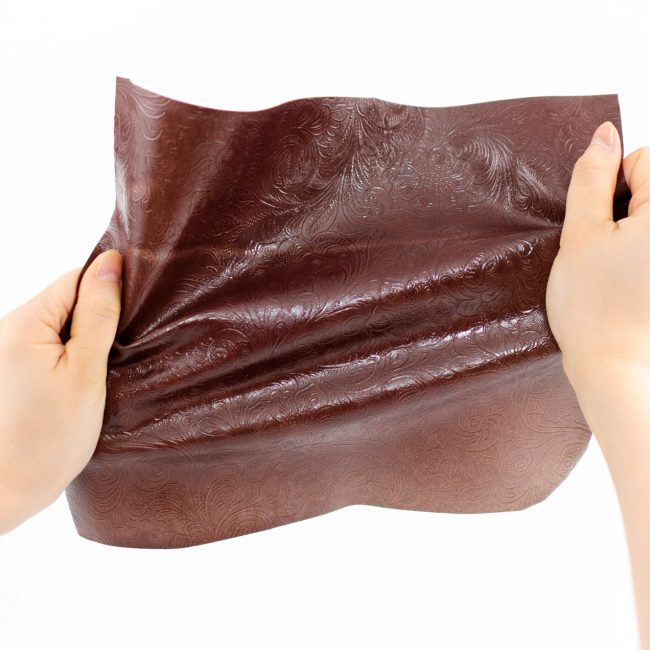

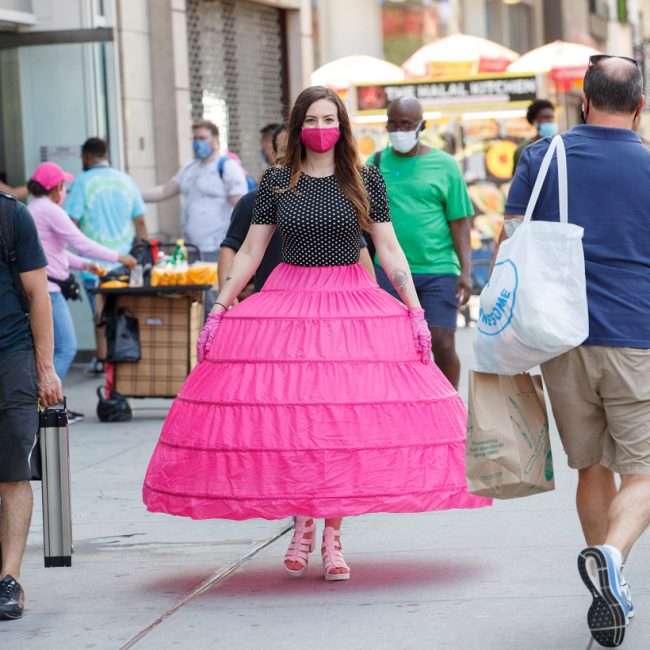


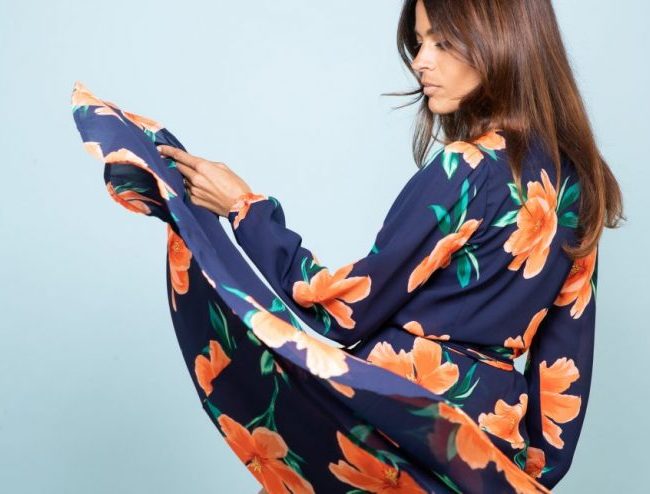

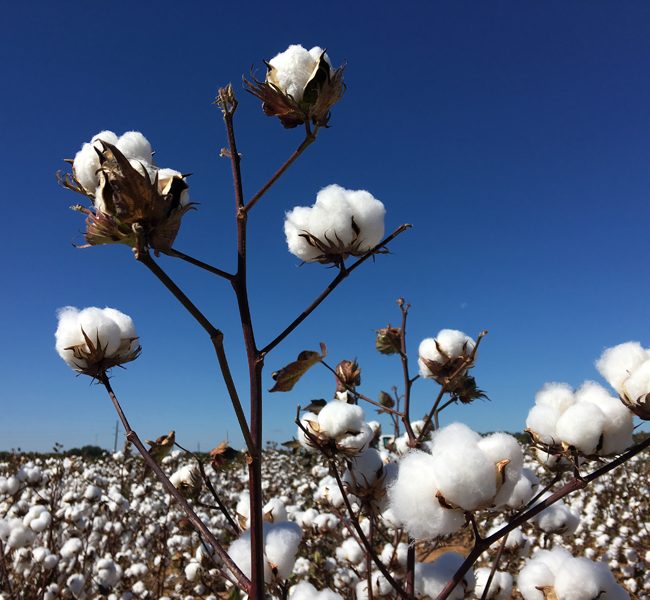

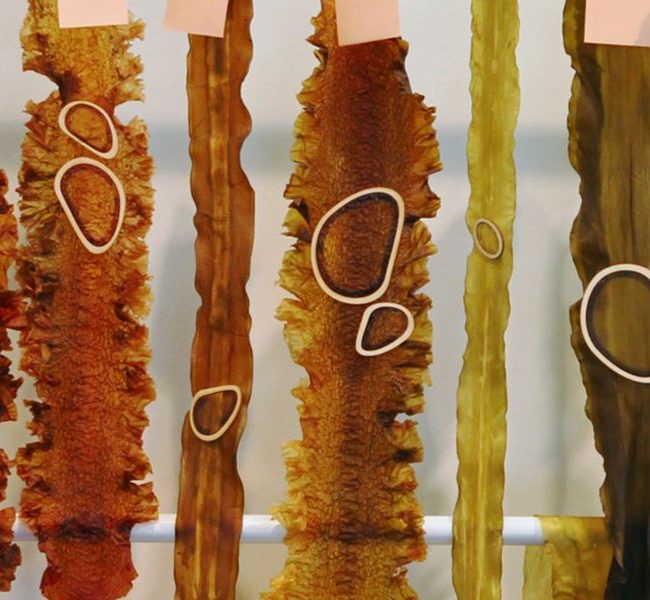
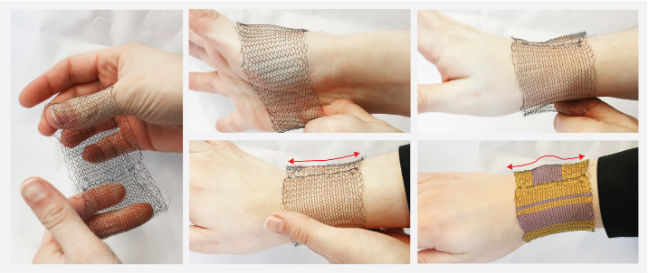
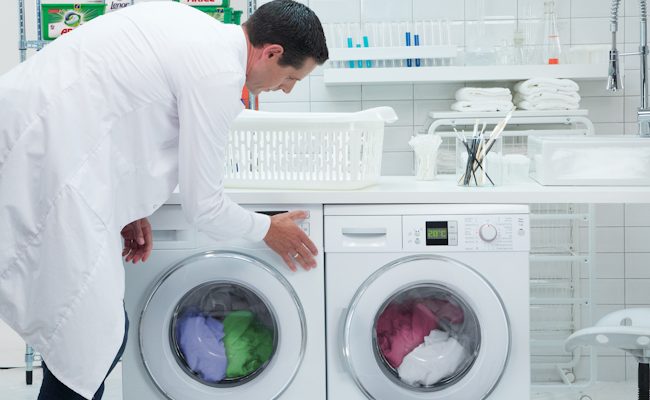
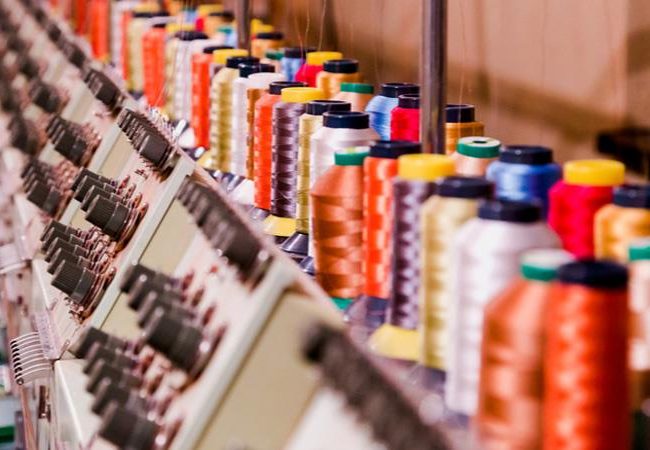
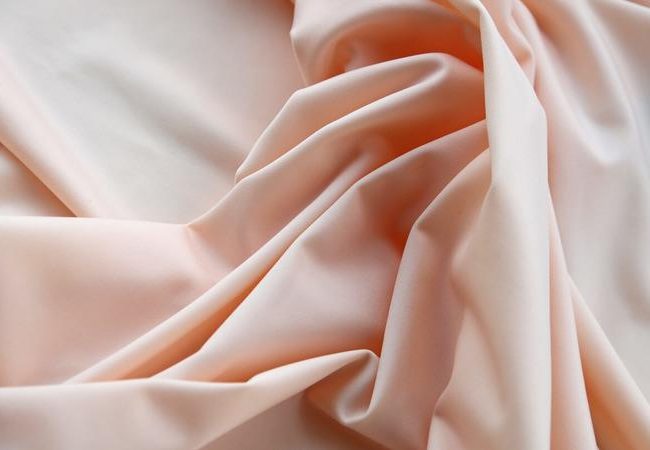
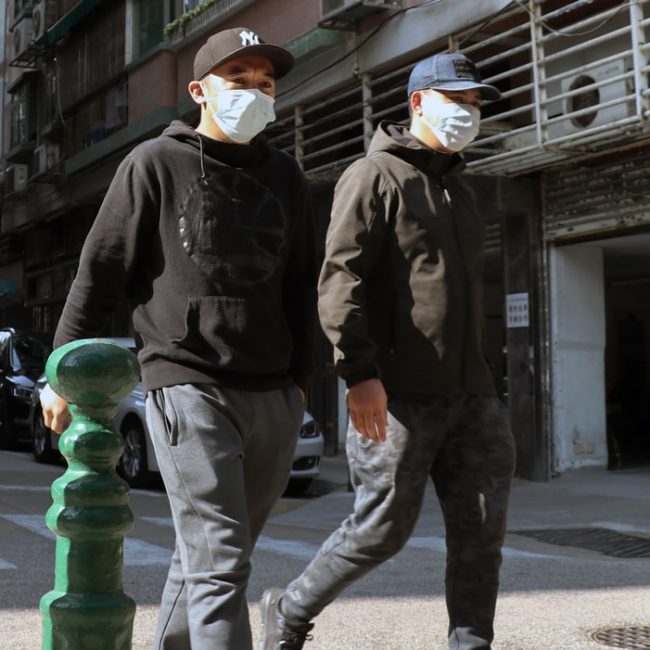
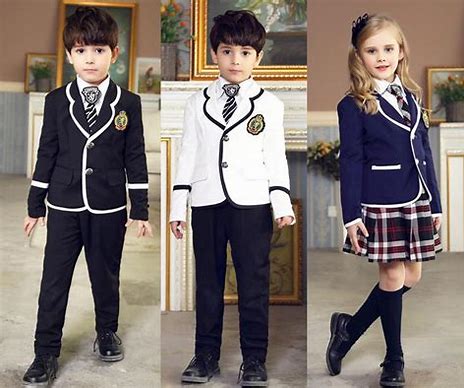
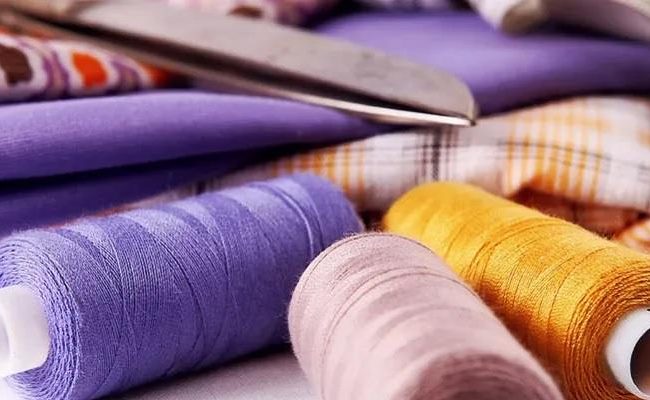


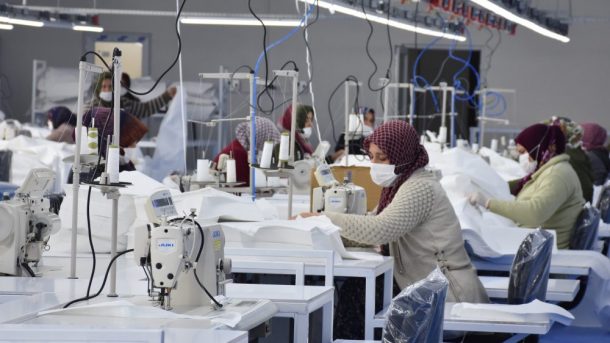

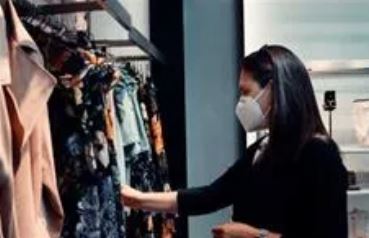


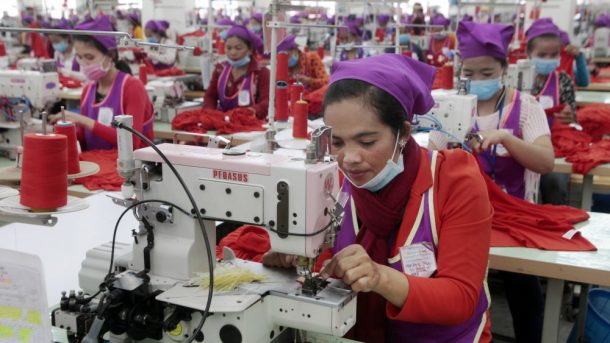

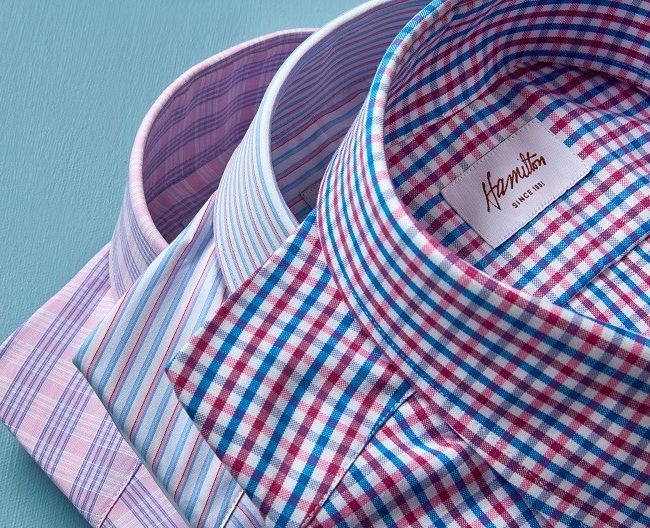
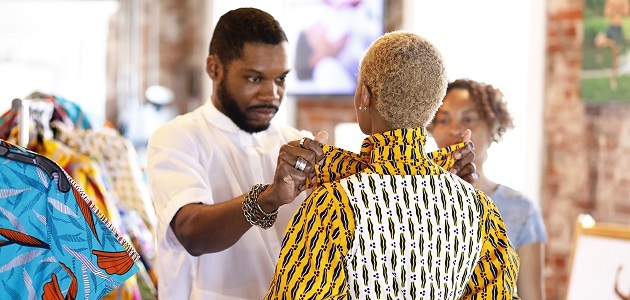
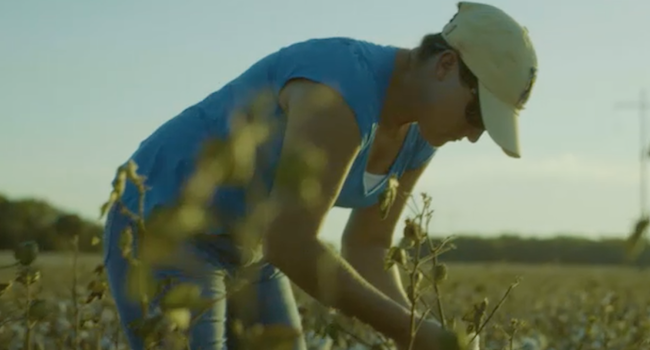
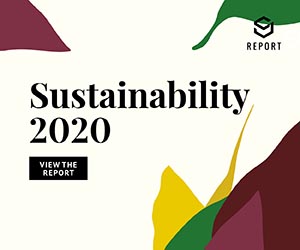

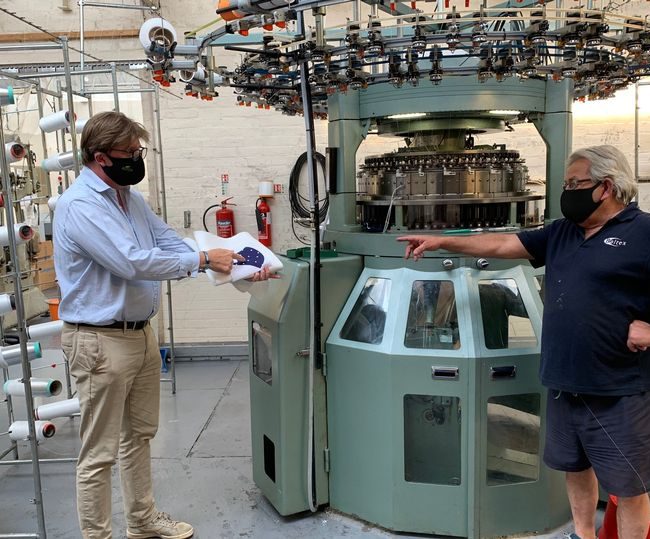

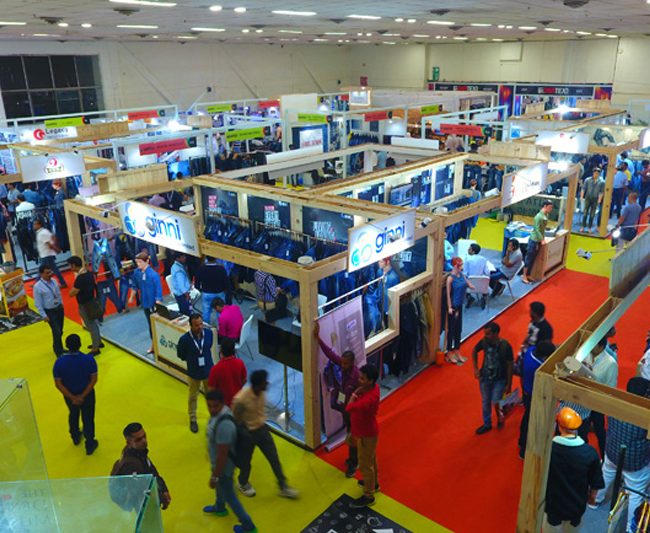
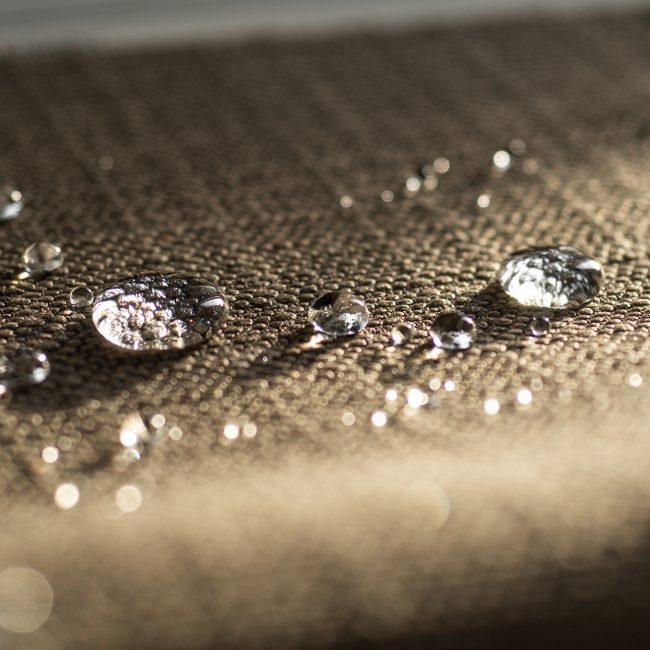




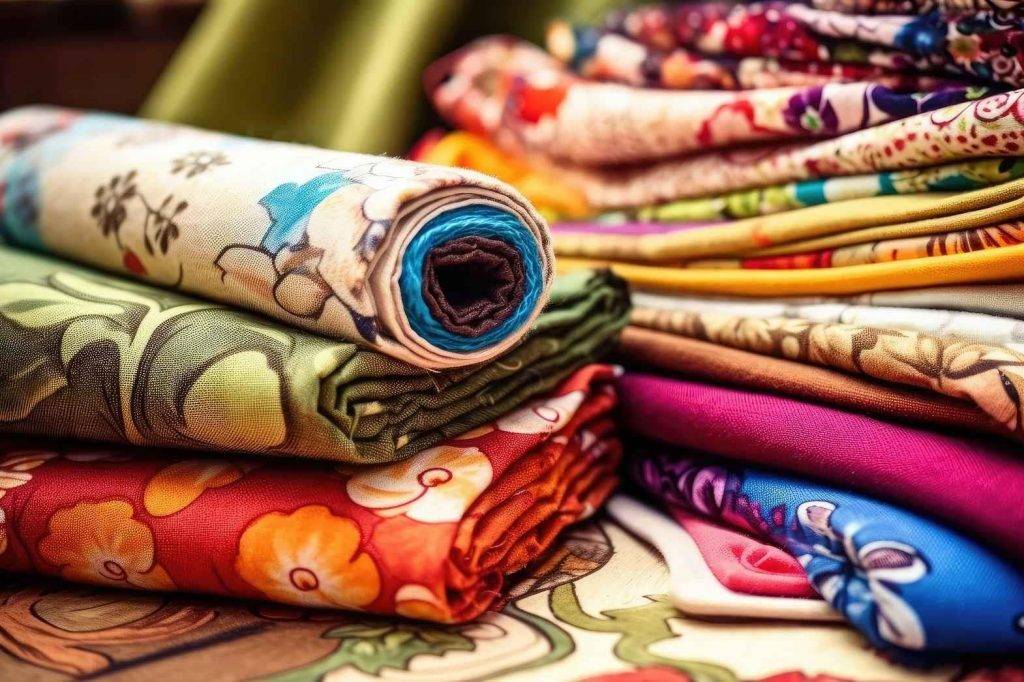
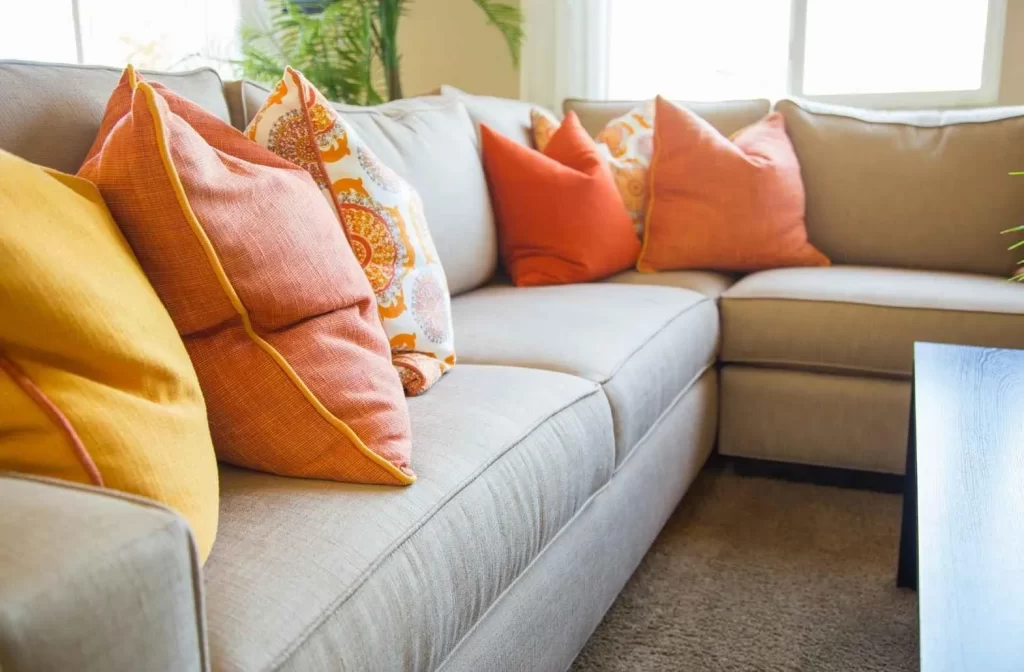
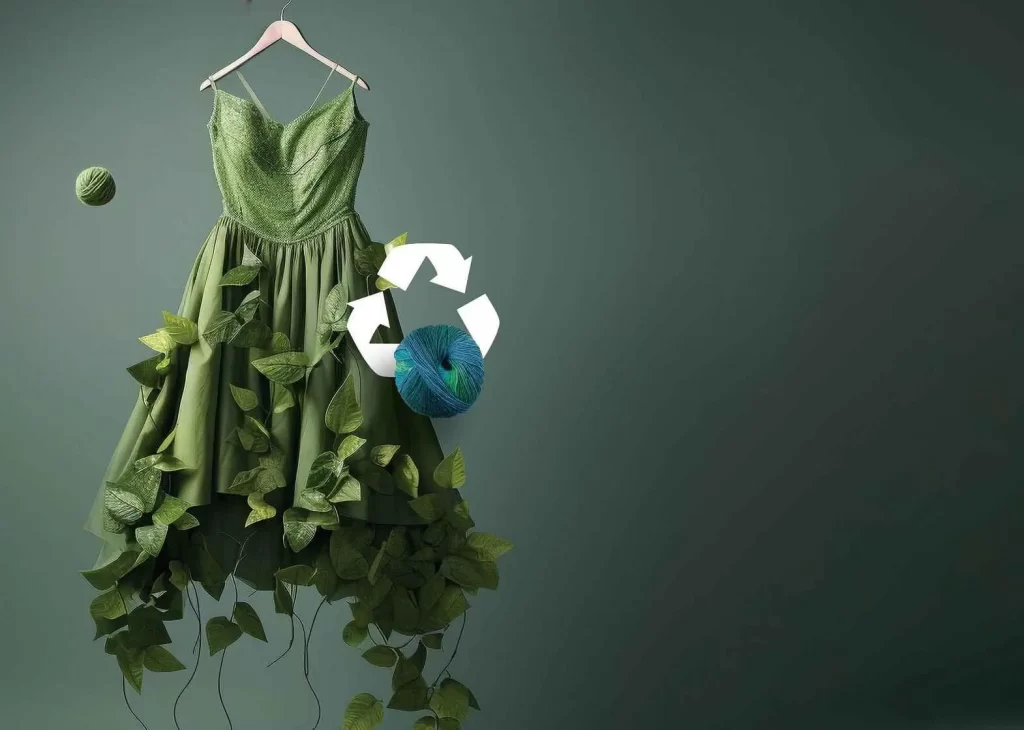
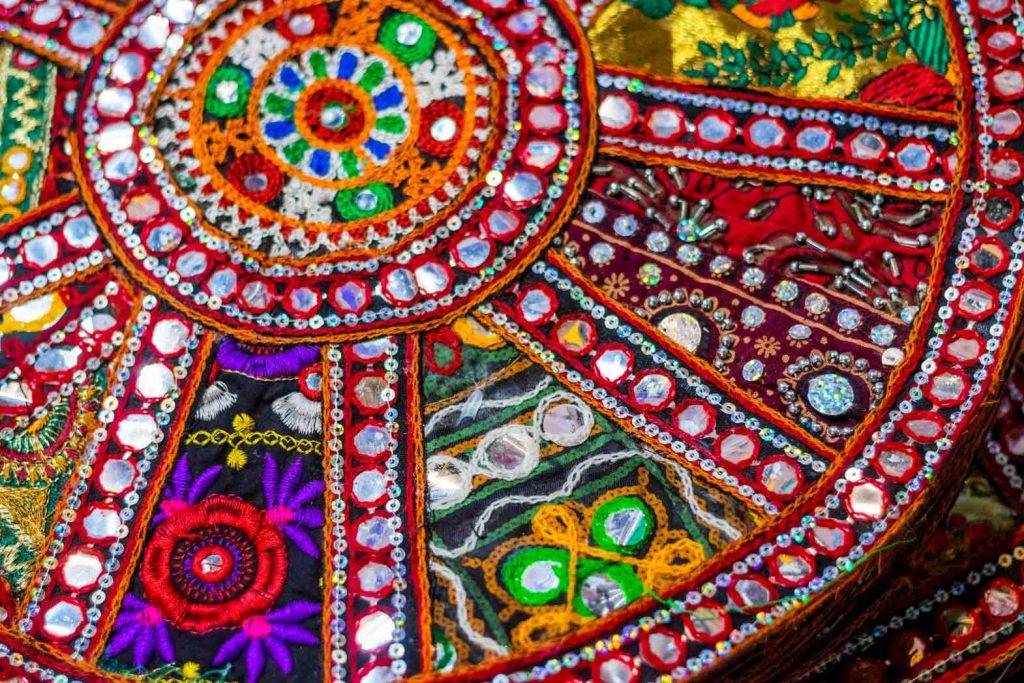
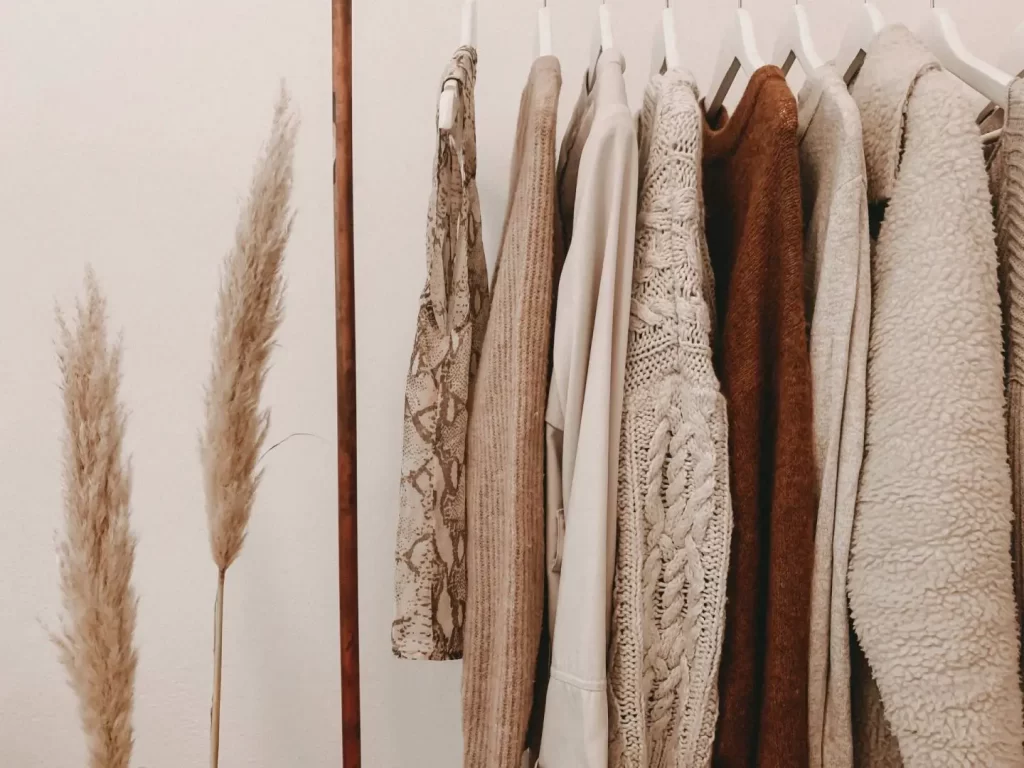
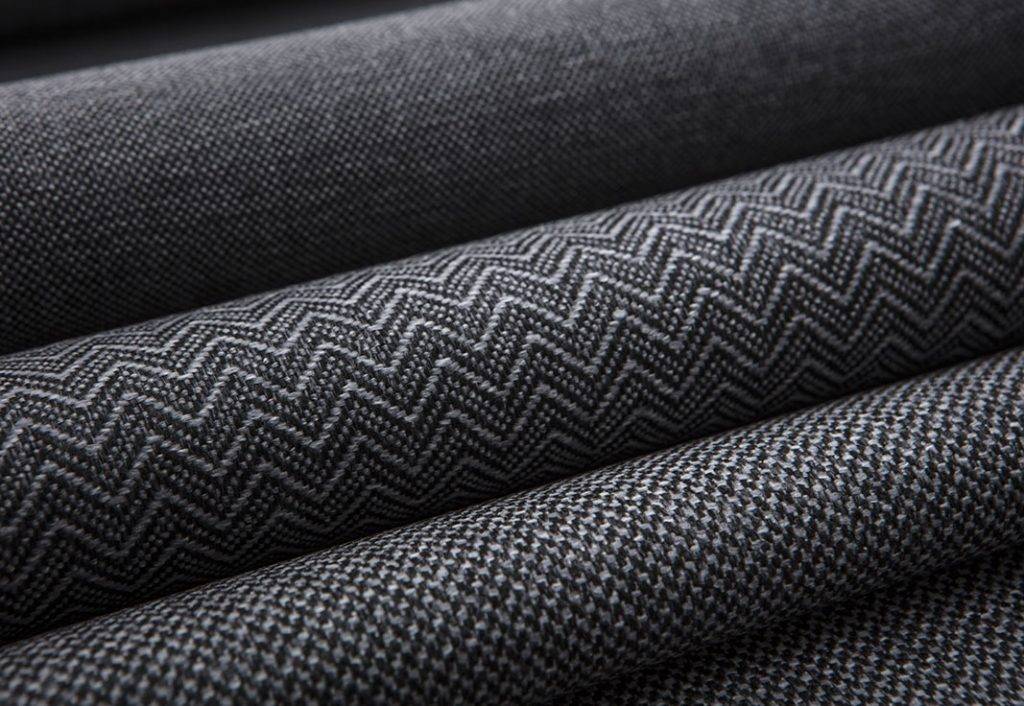
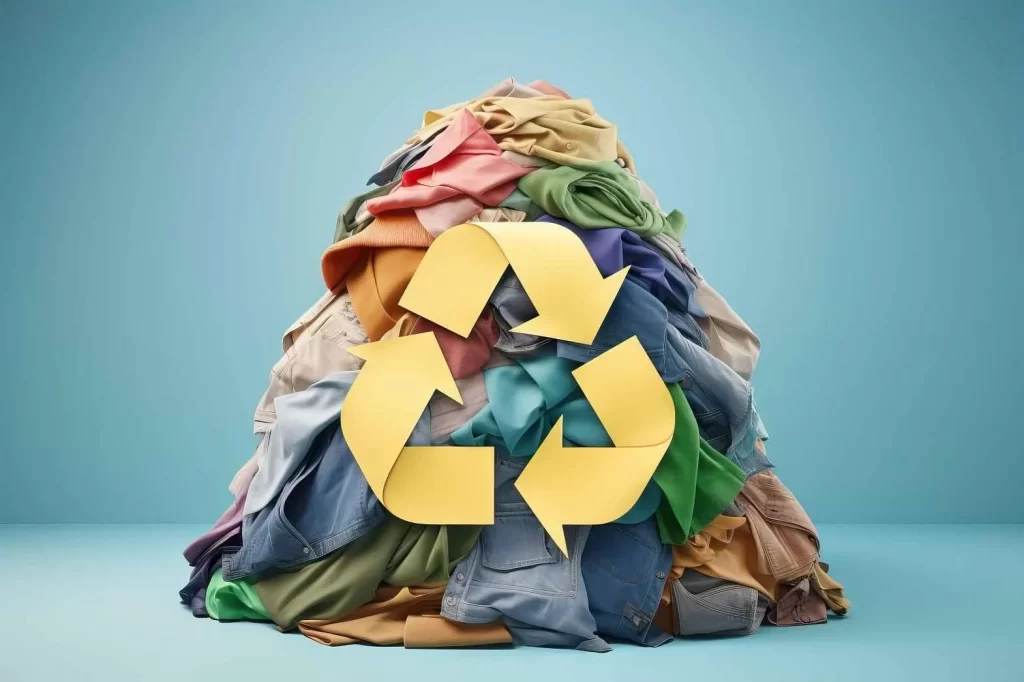
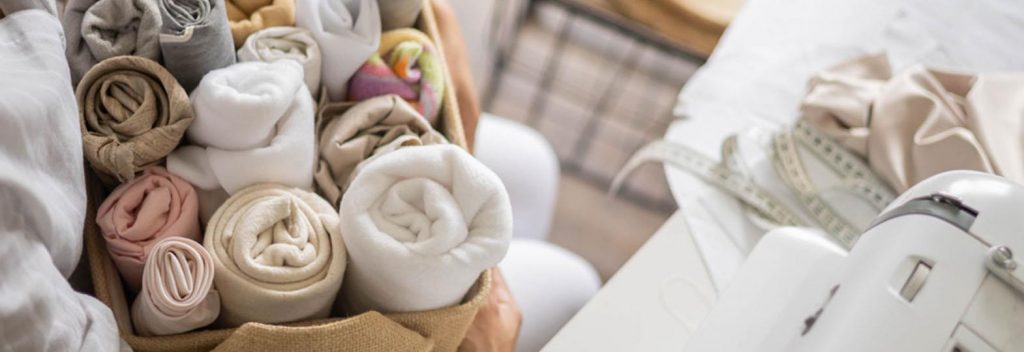
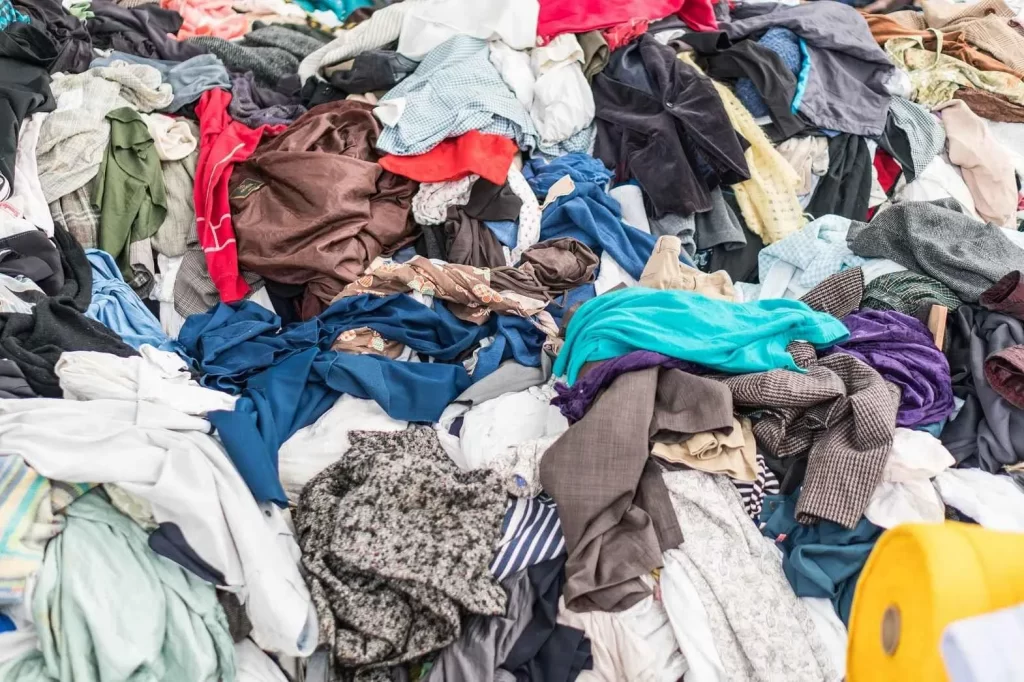
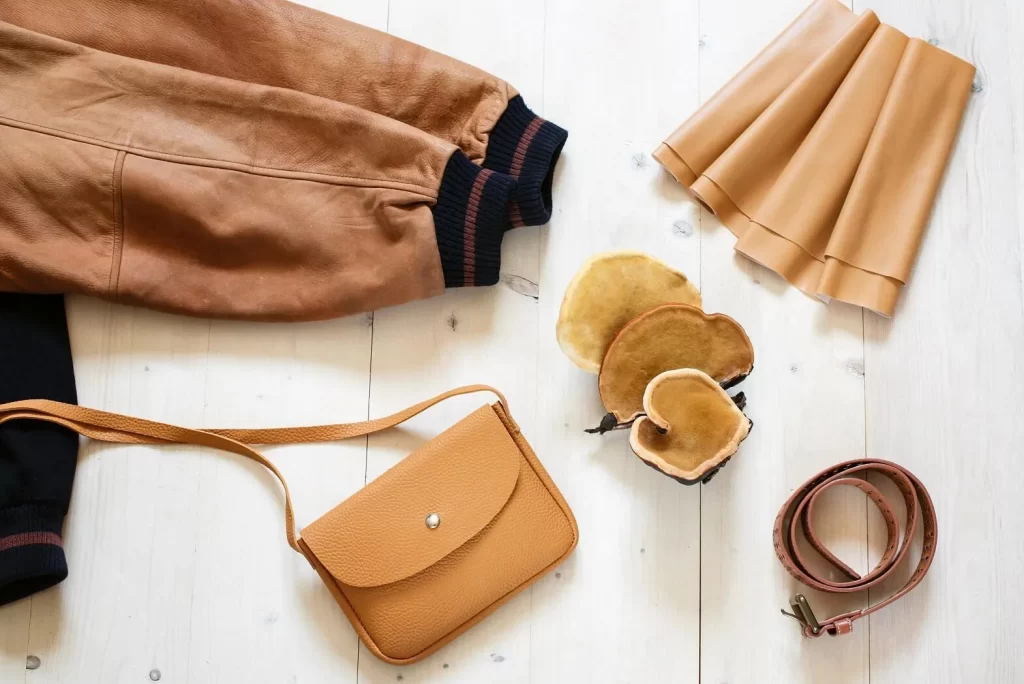
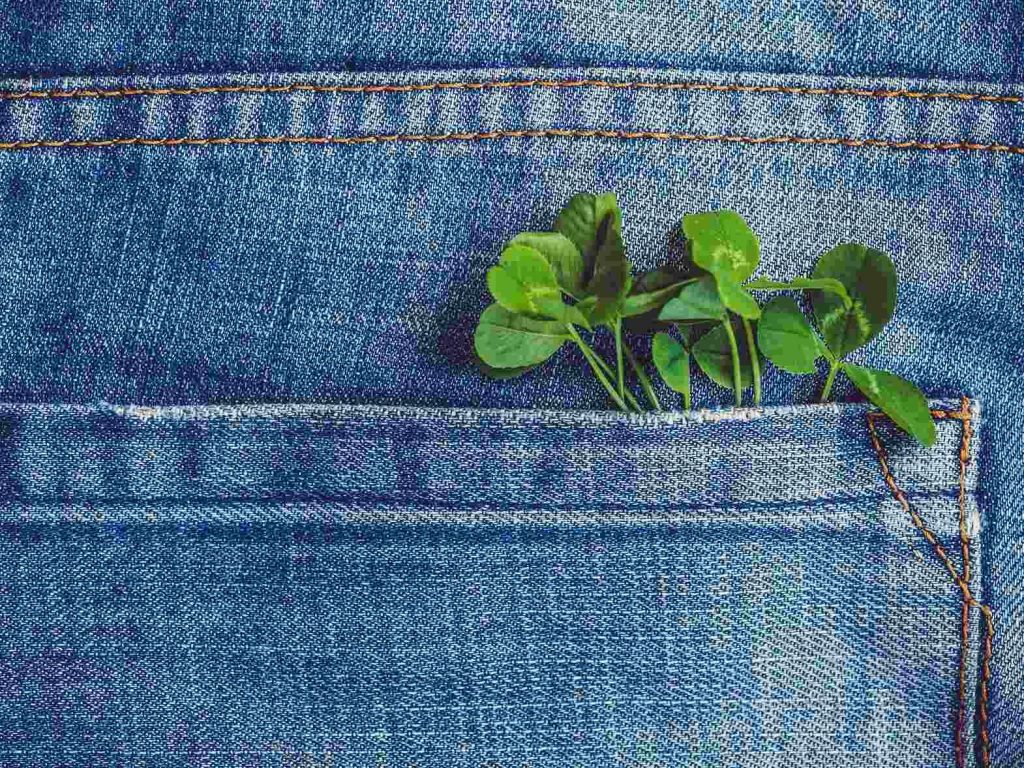
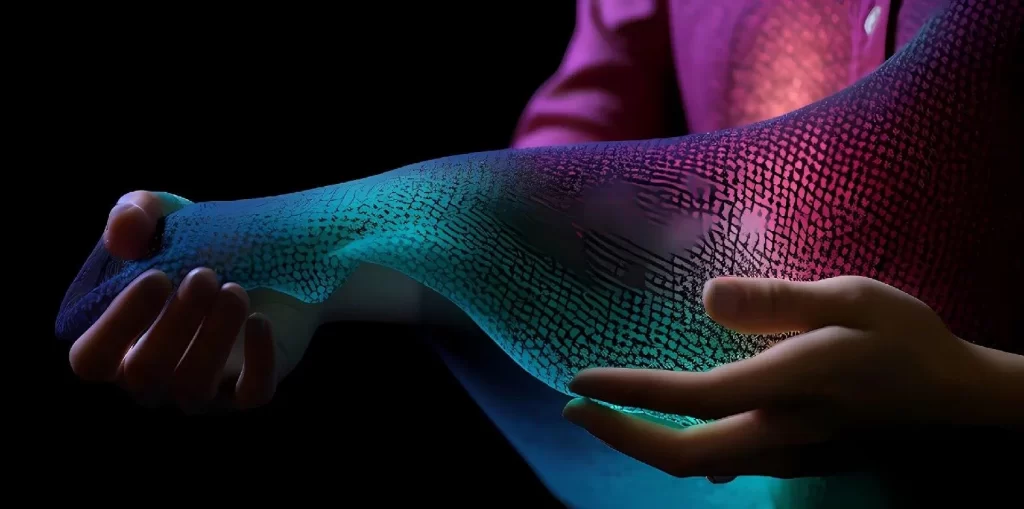
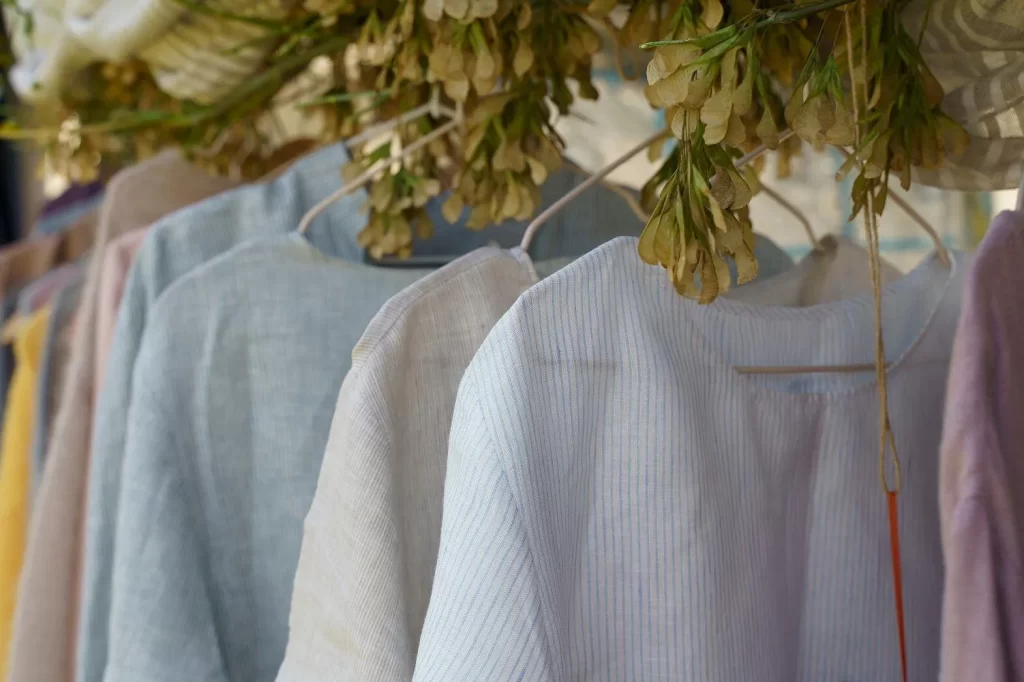
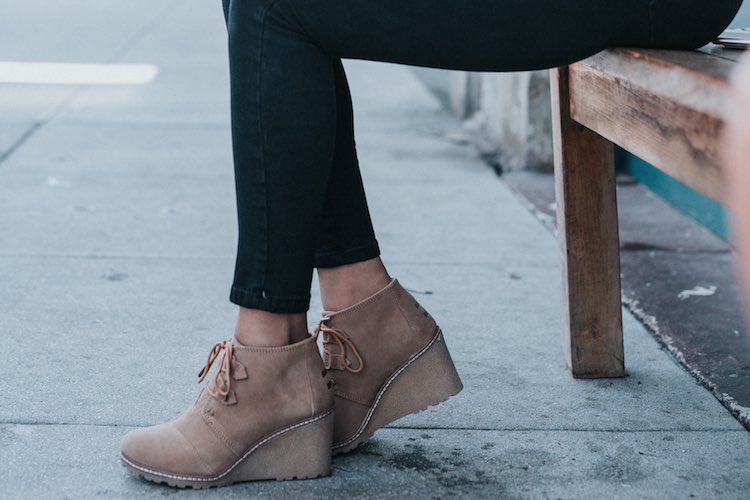
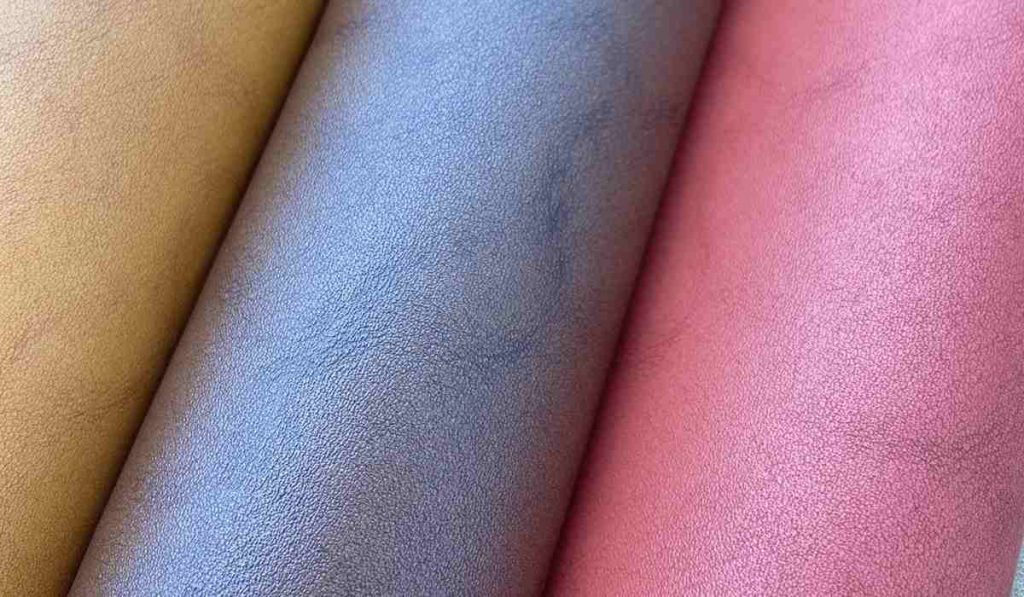
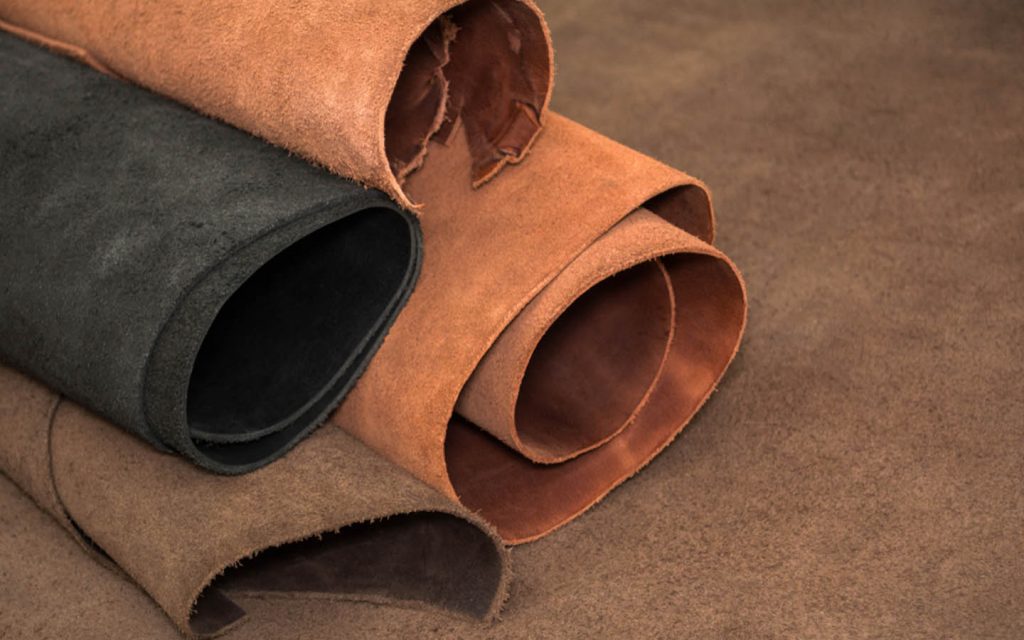

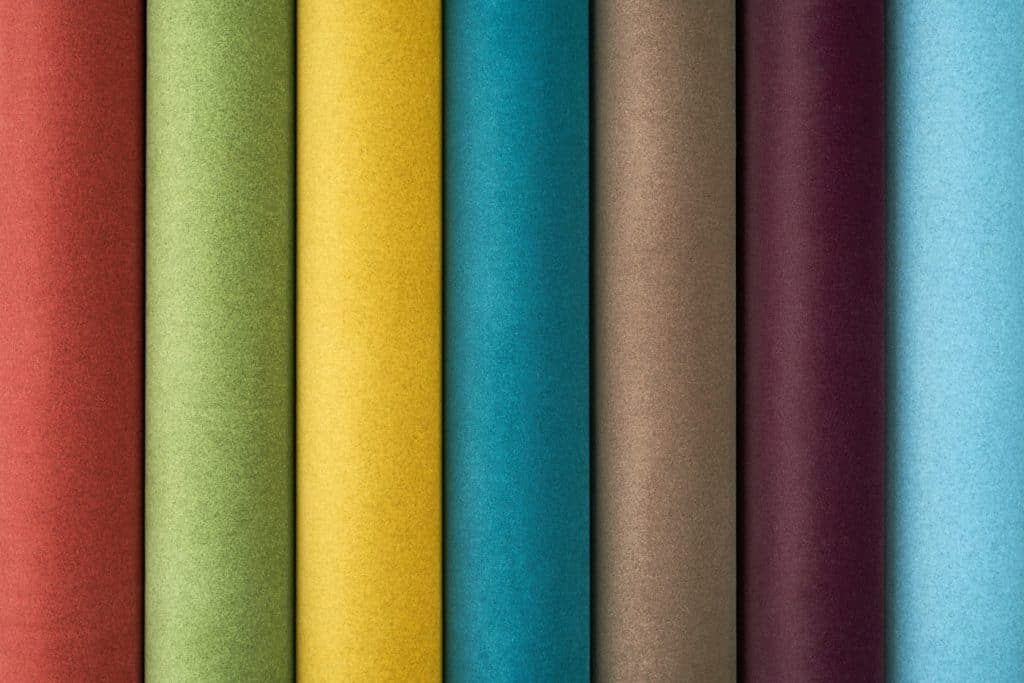
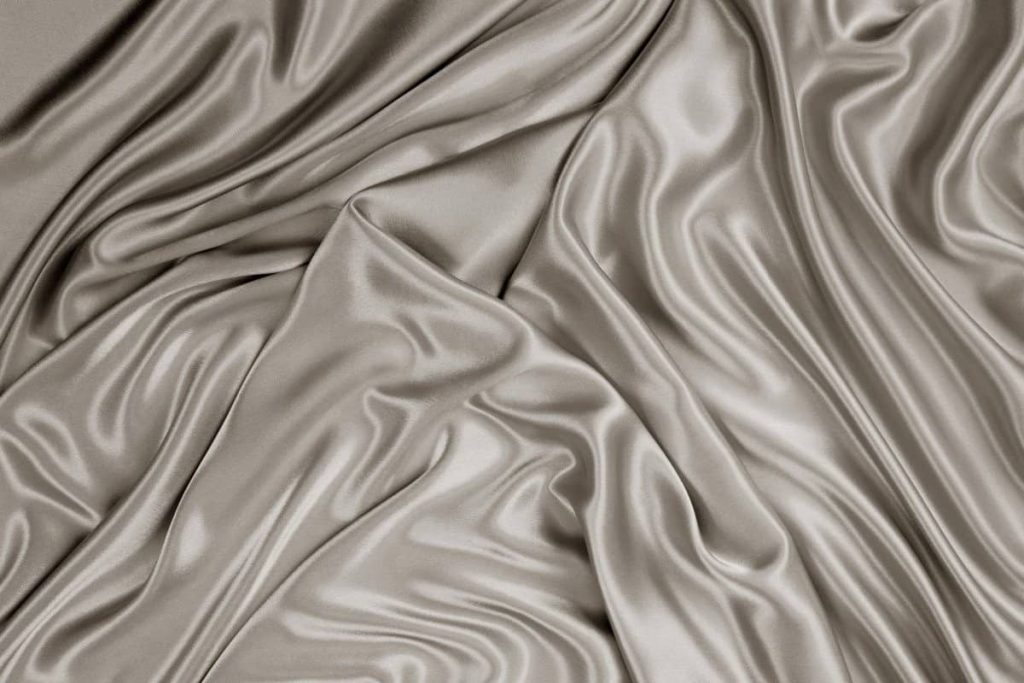






Pingback: Crepe Fabric | What Is Crepe Fabric | iran textile - iranian fabric | news
Pingback: crepe fabric | crepe silk fabric polyester | news